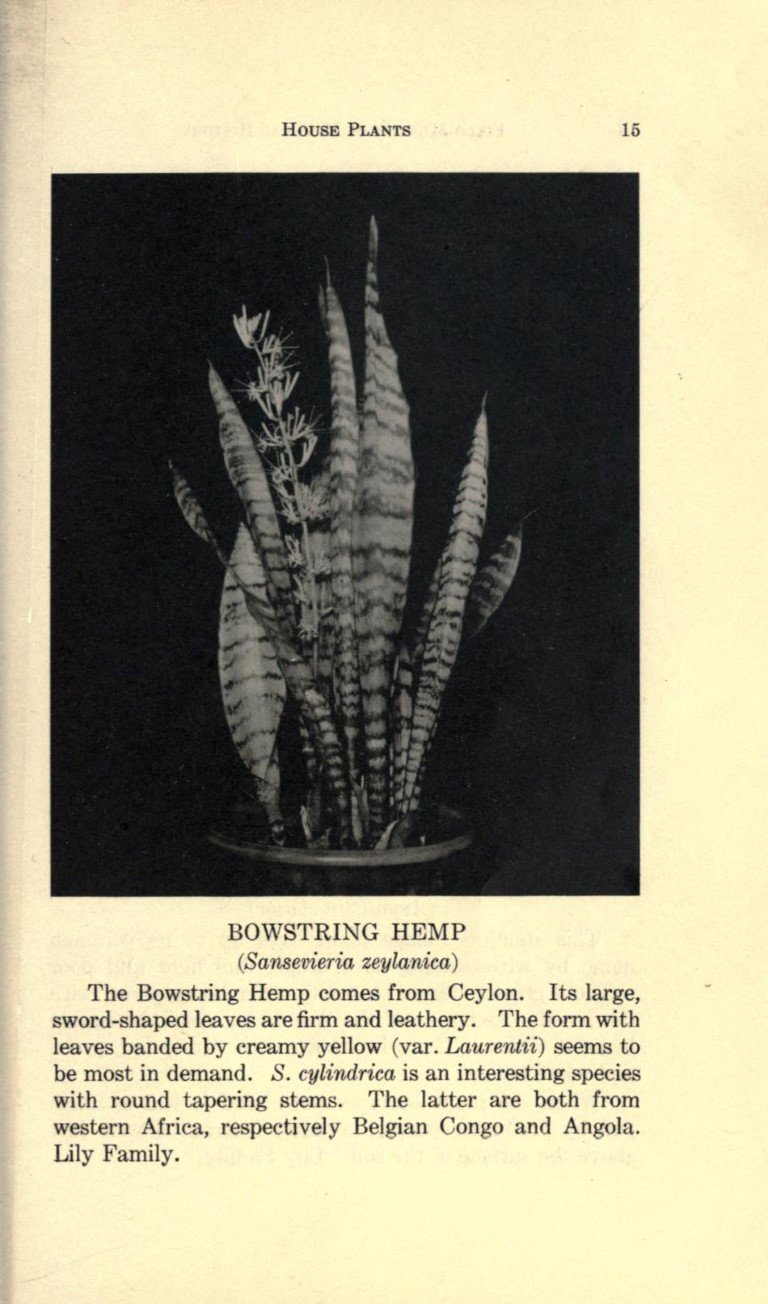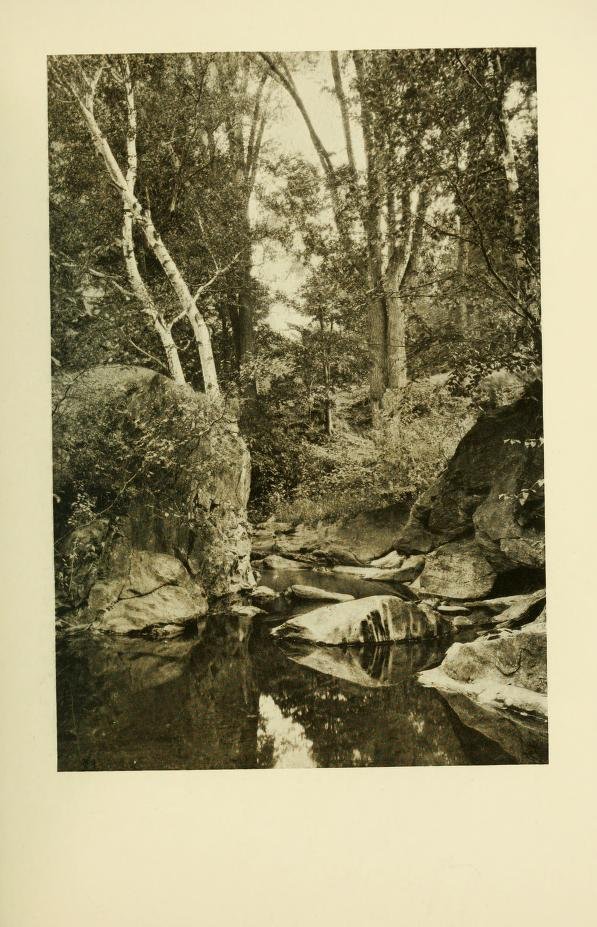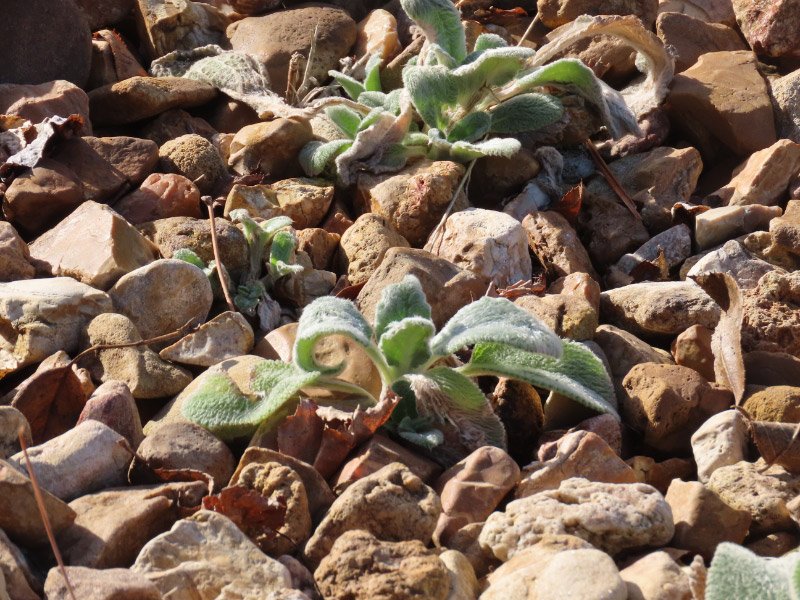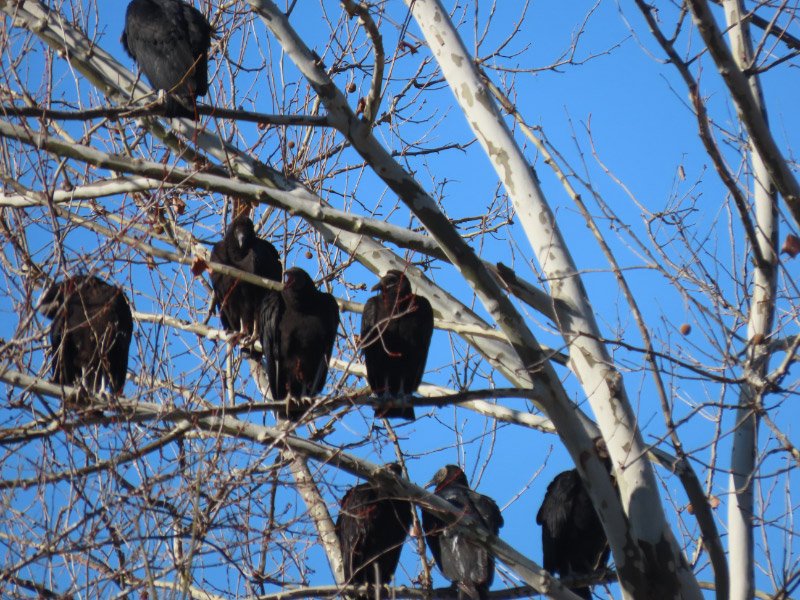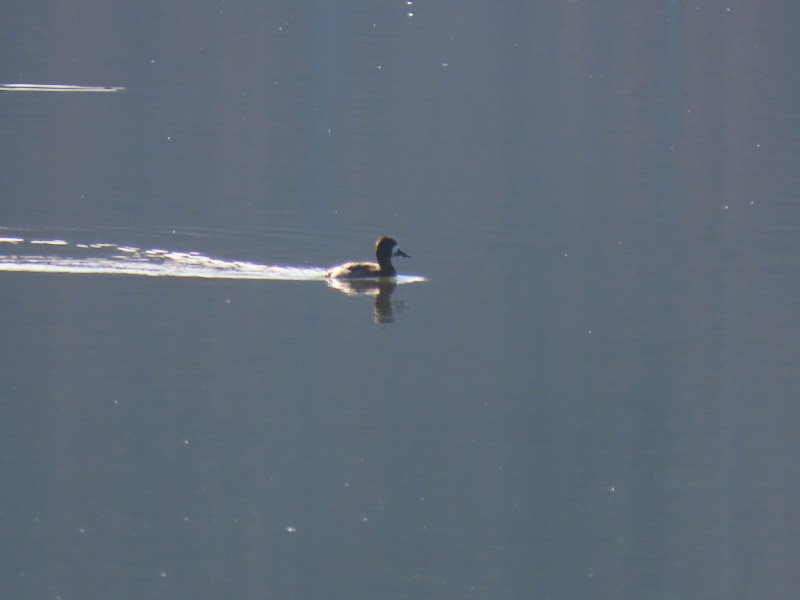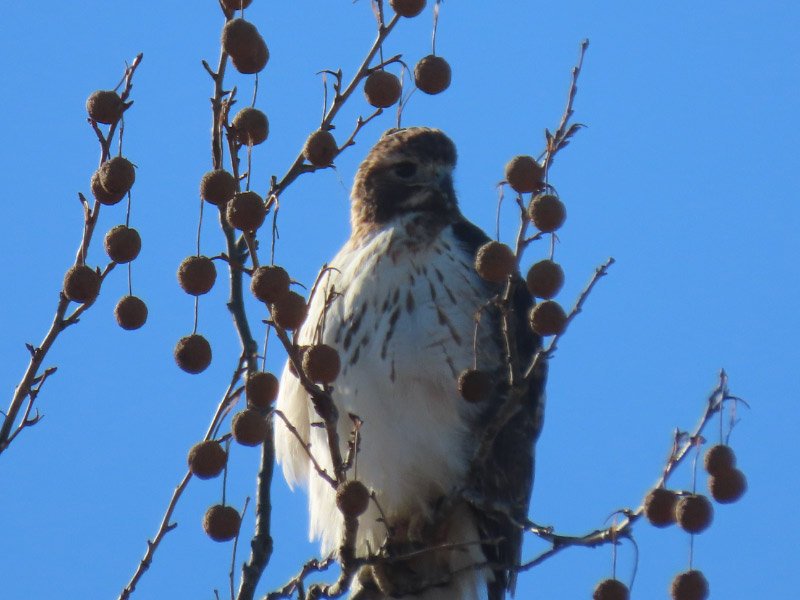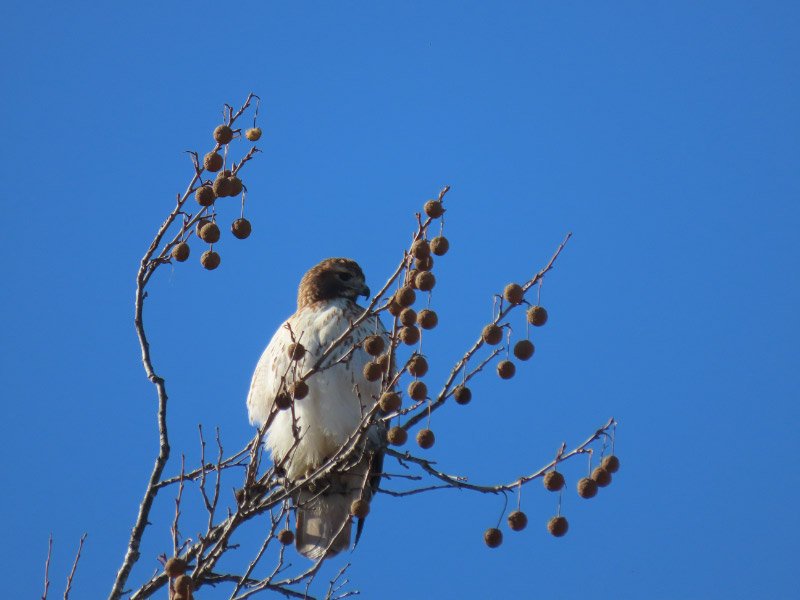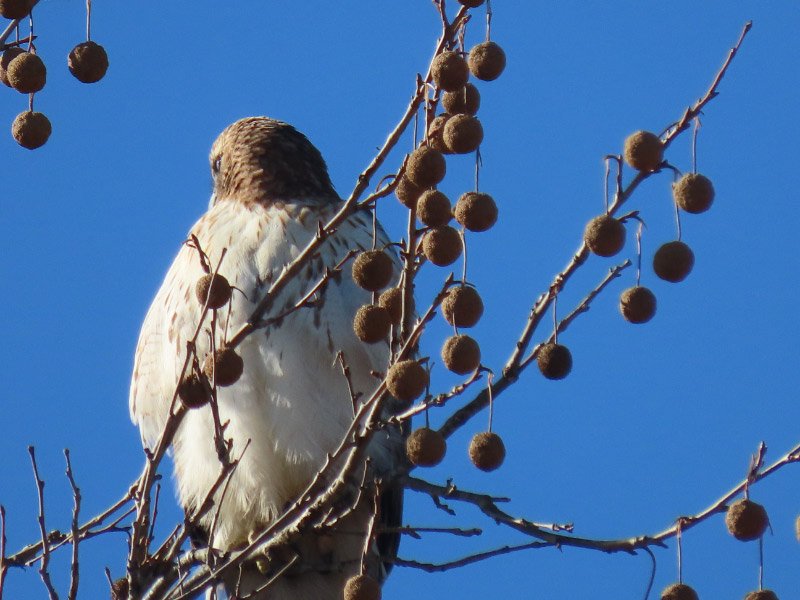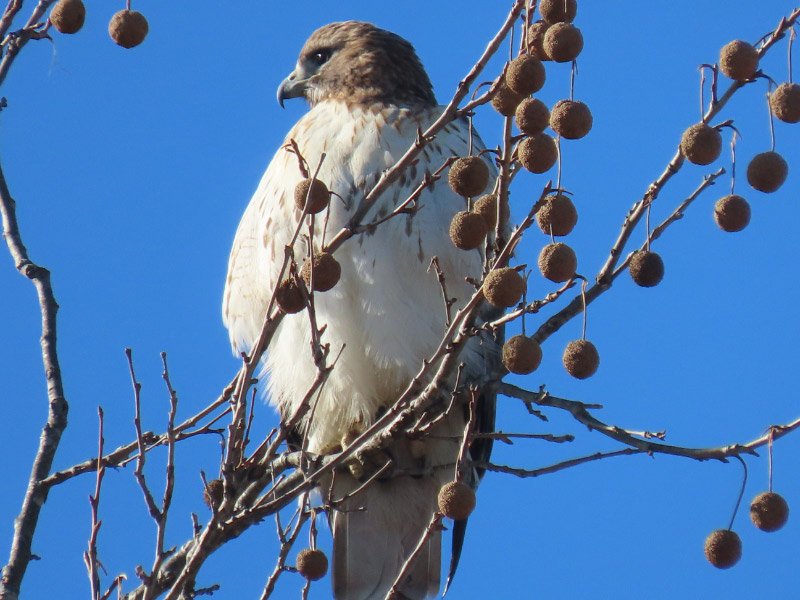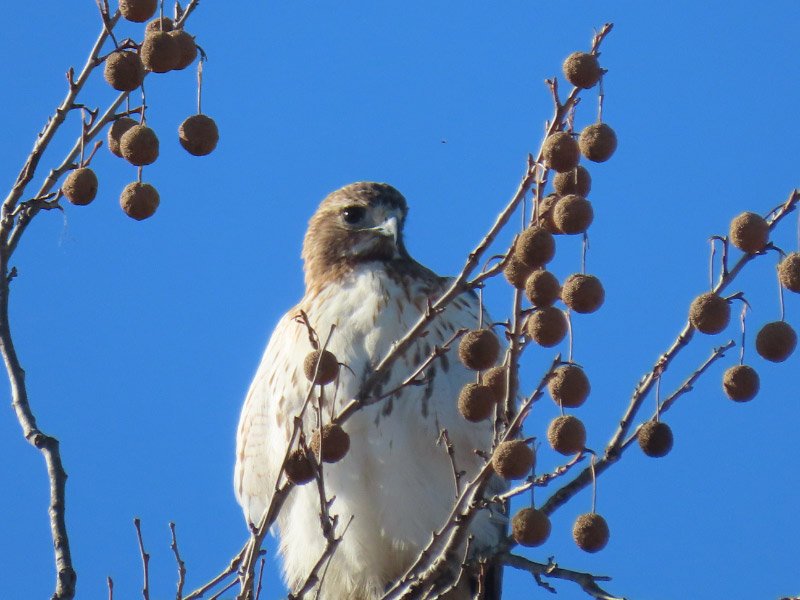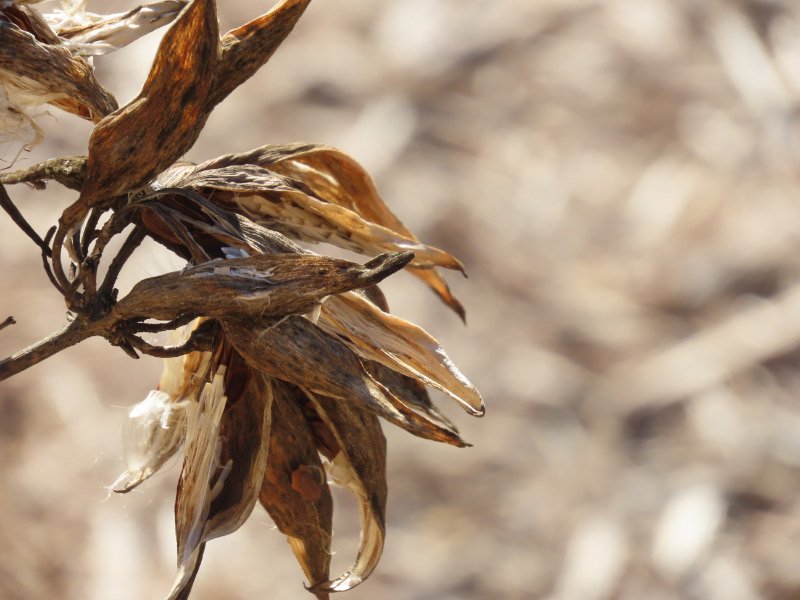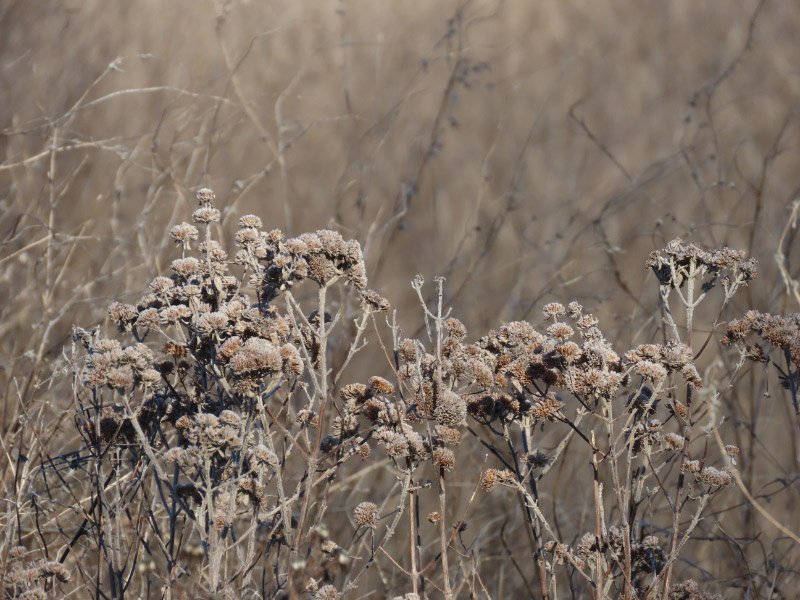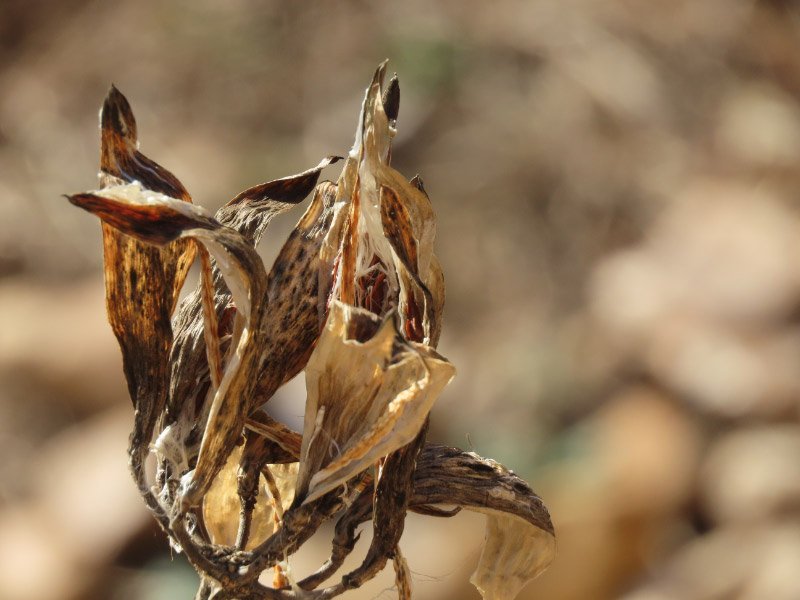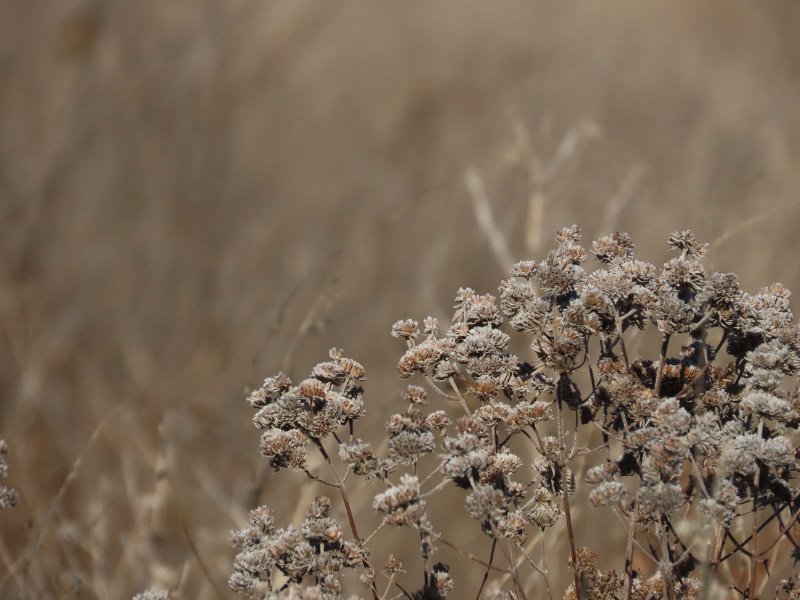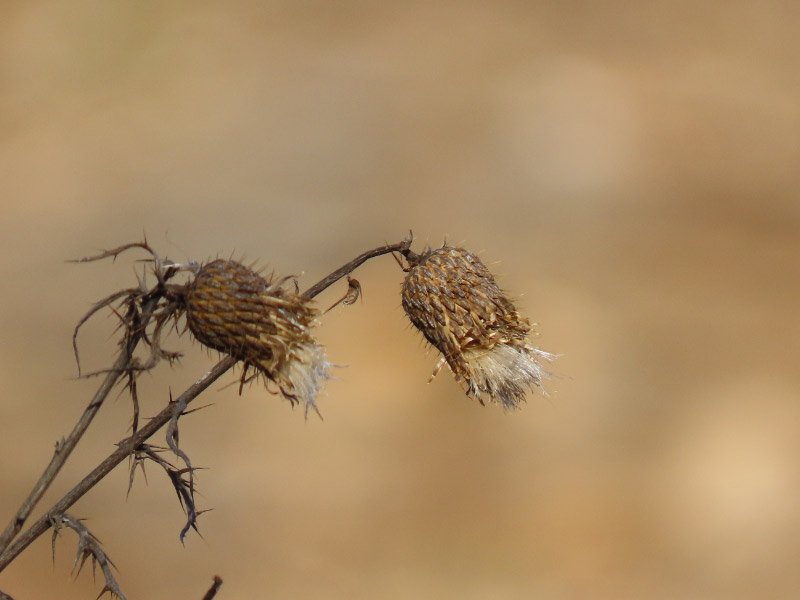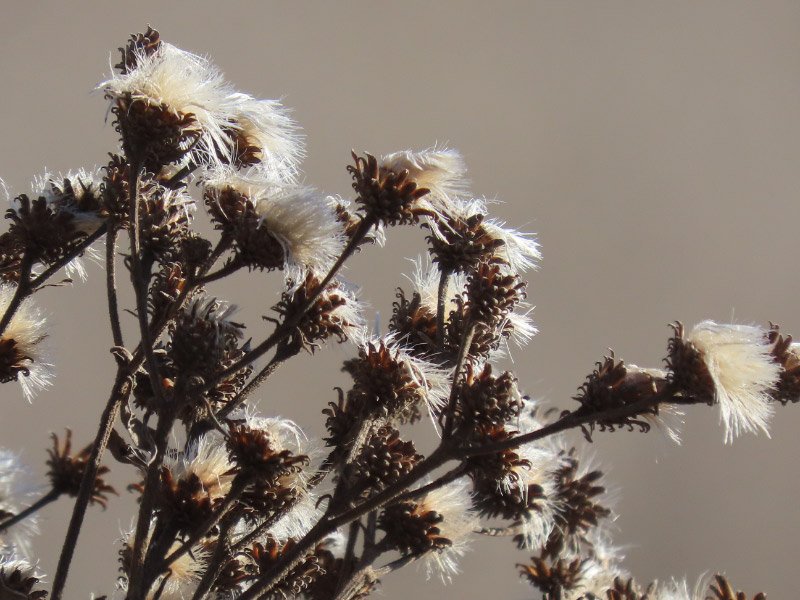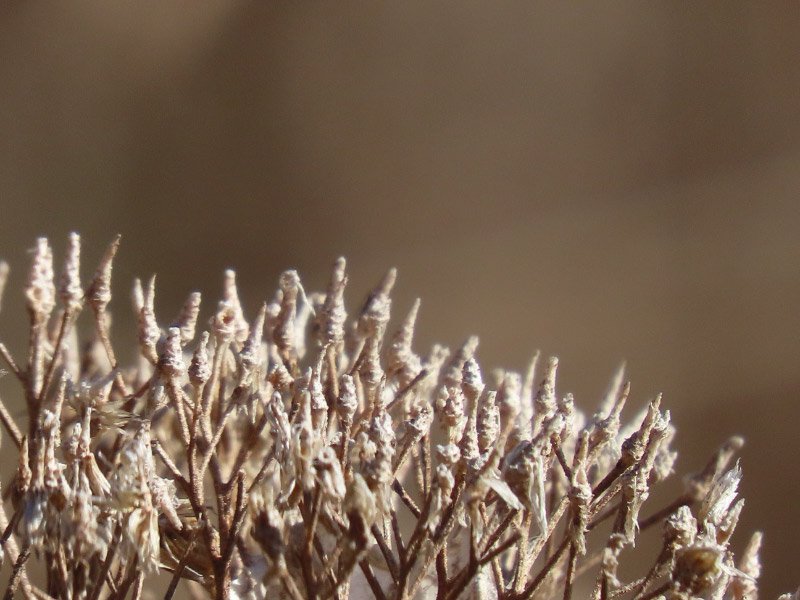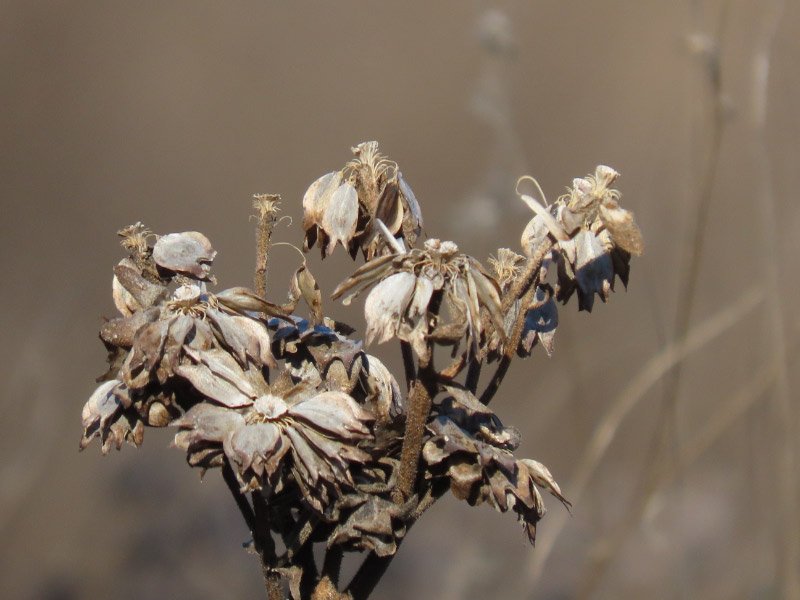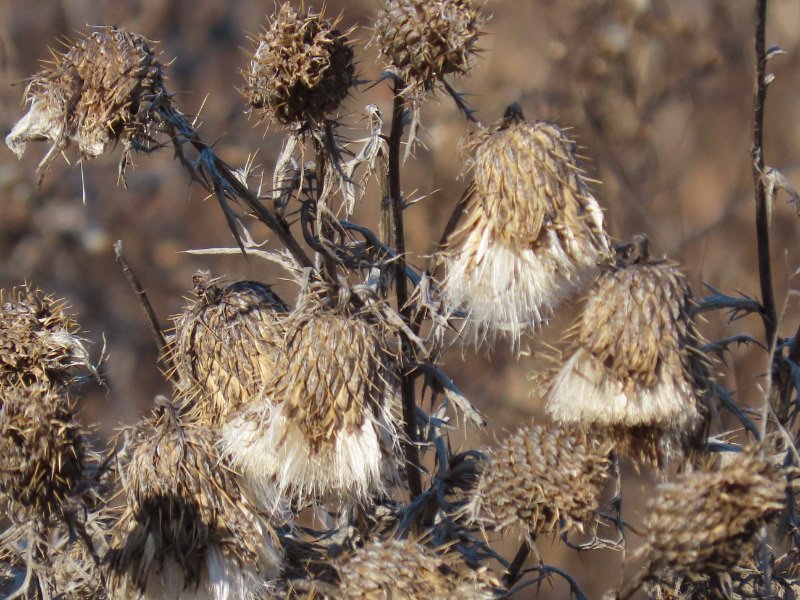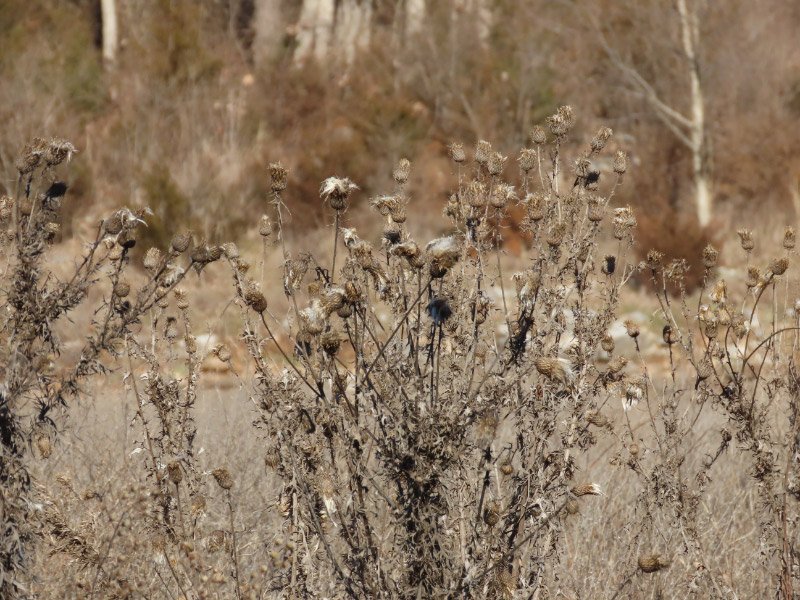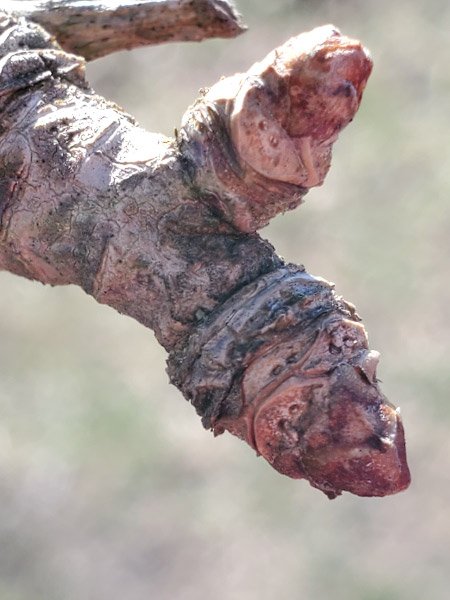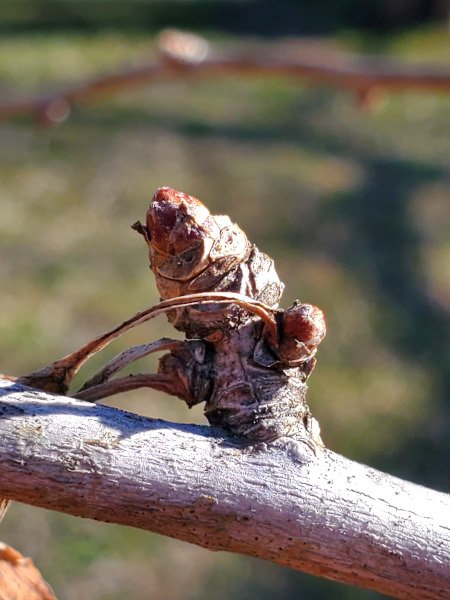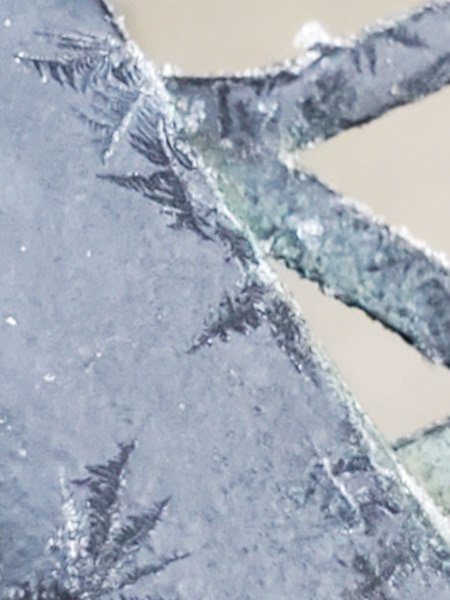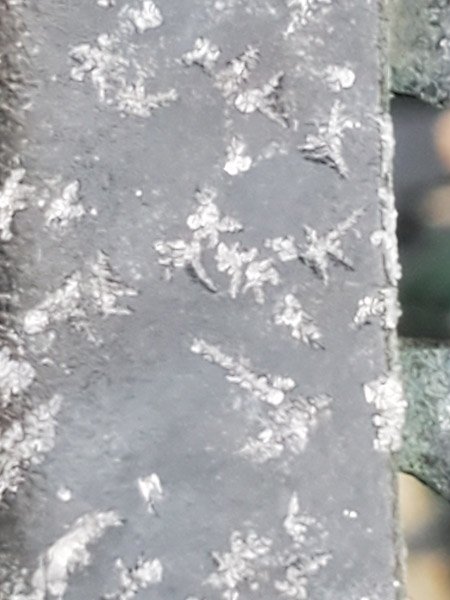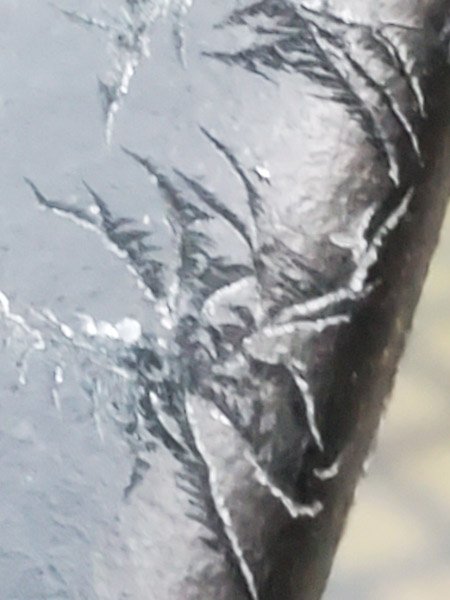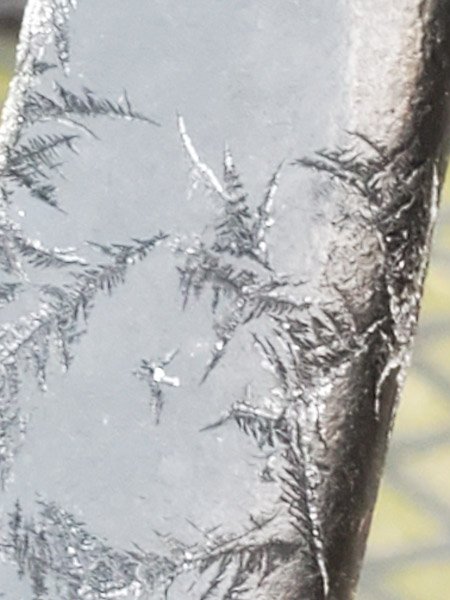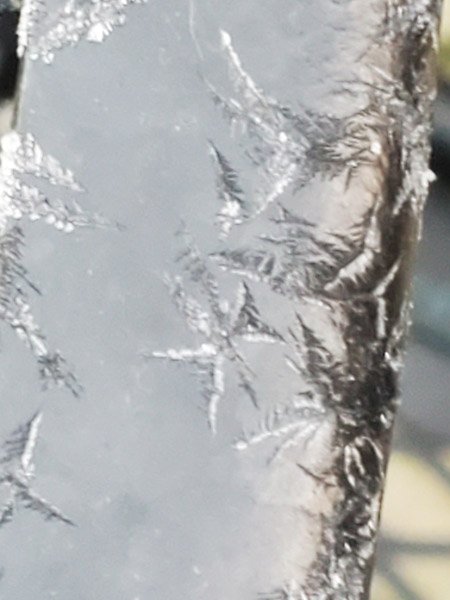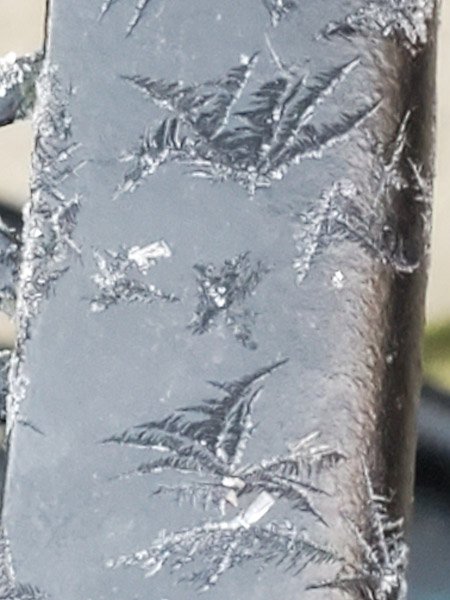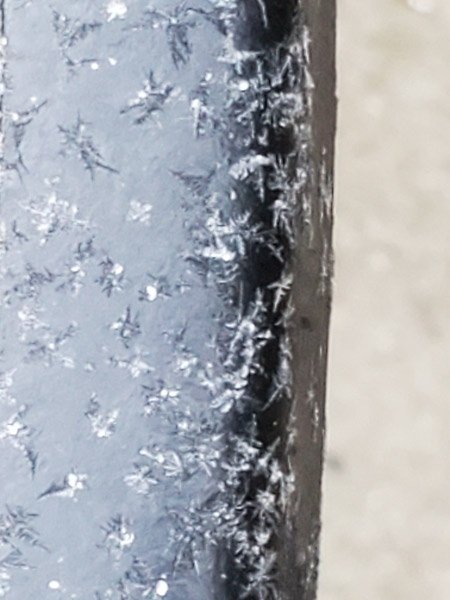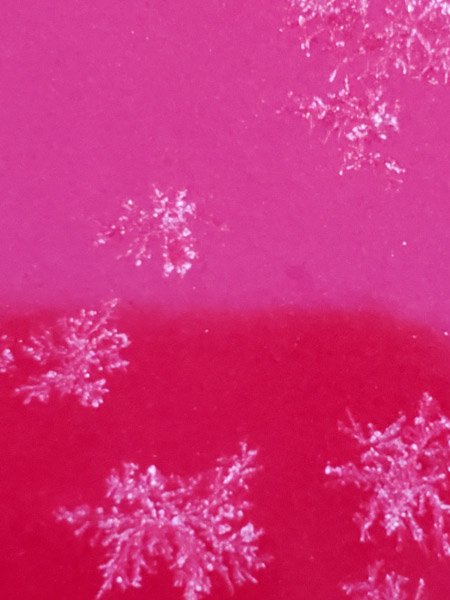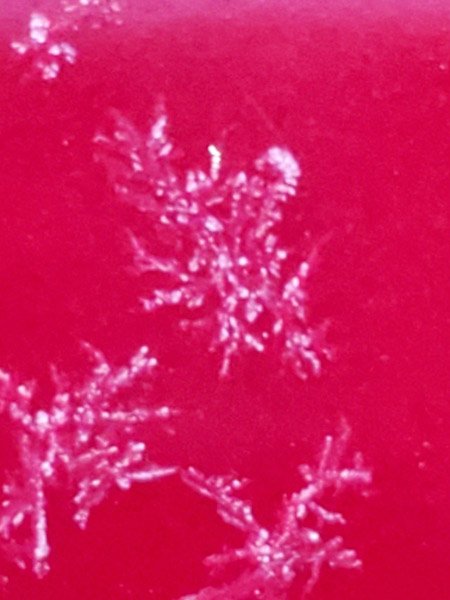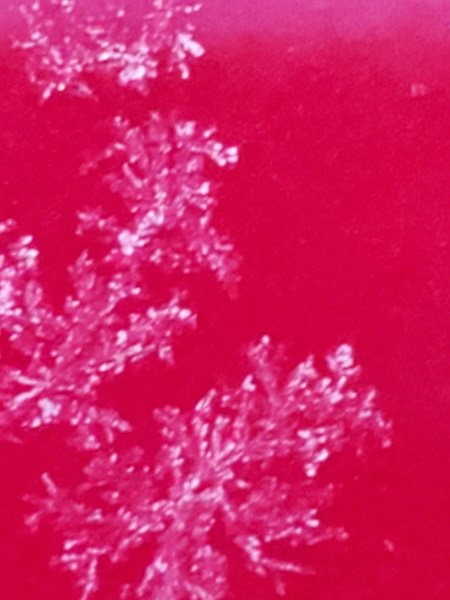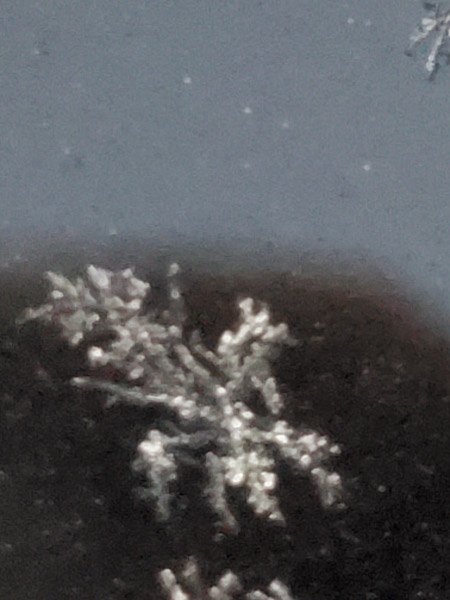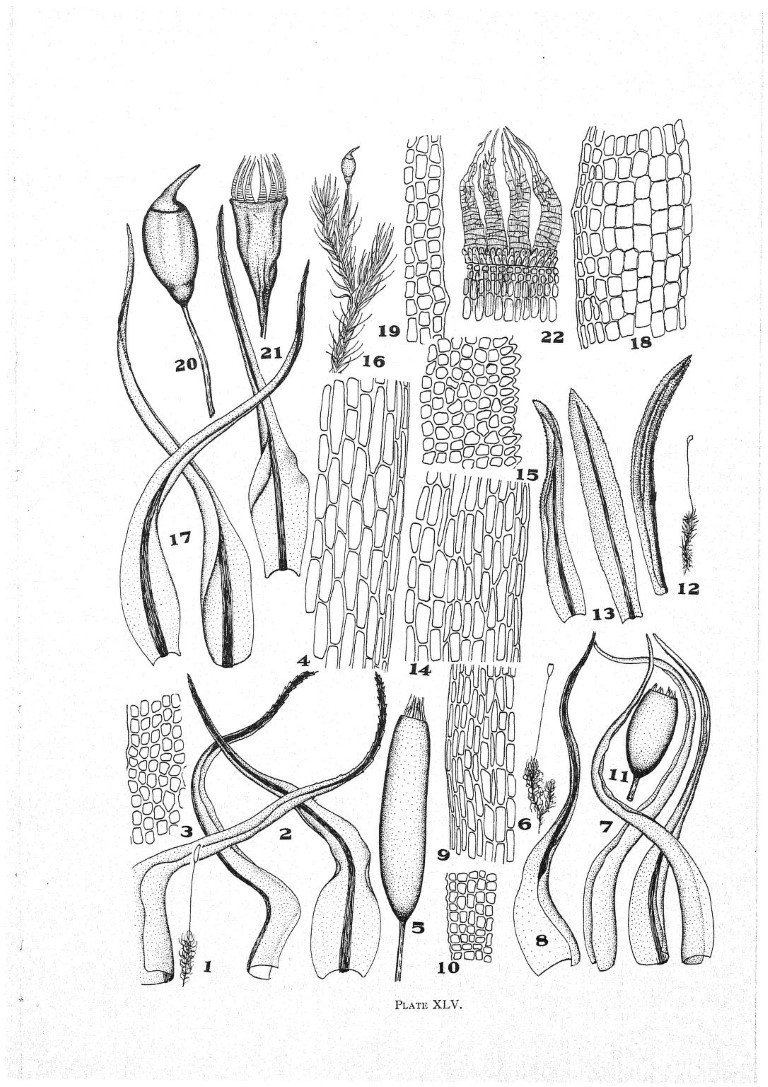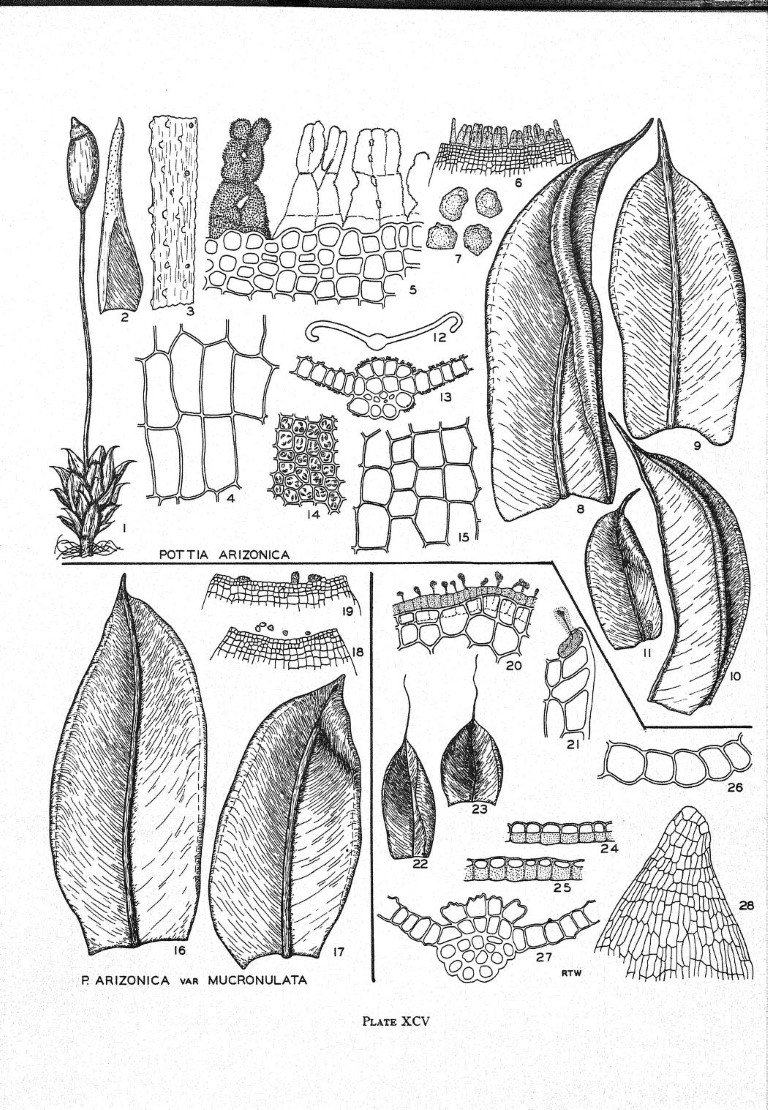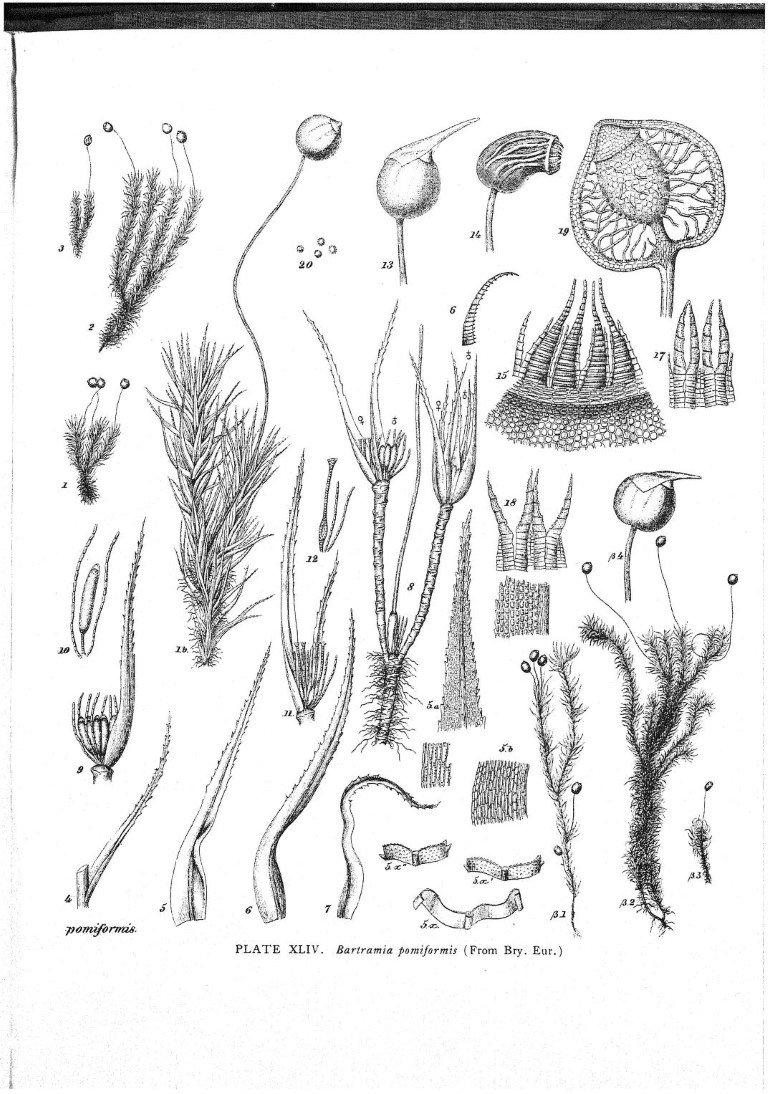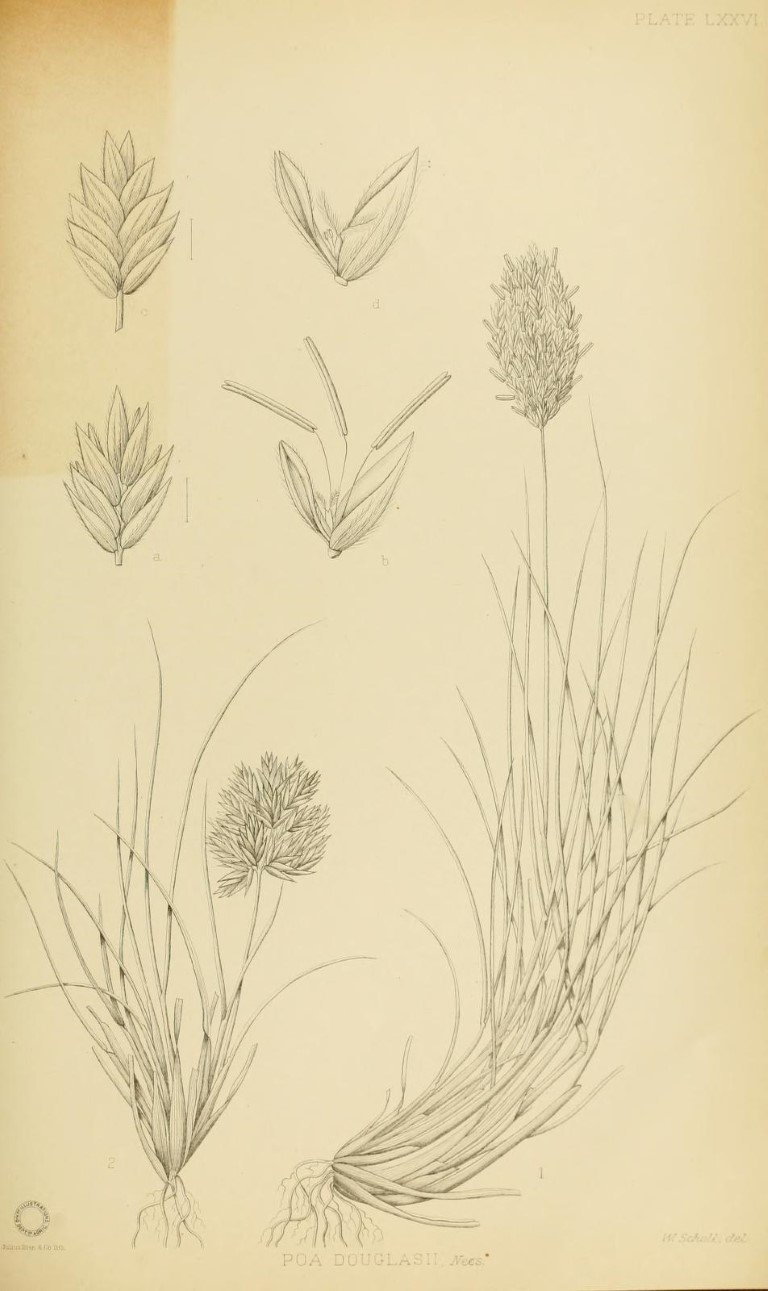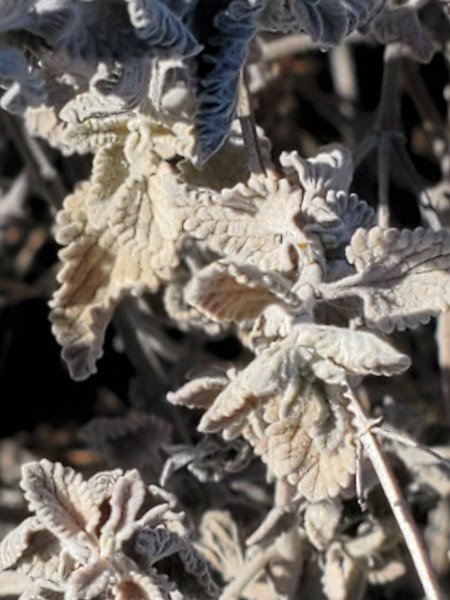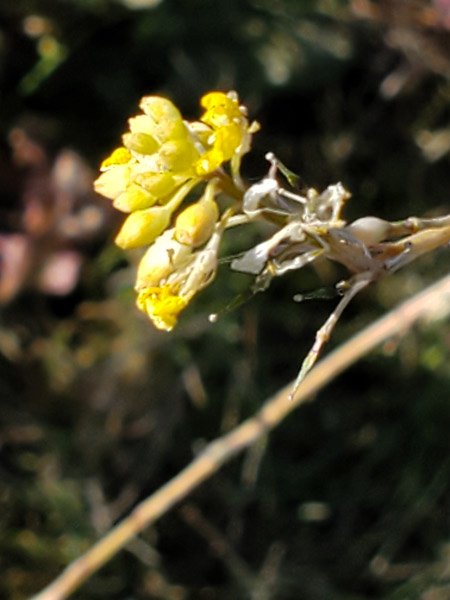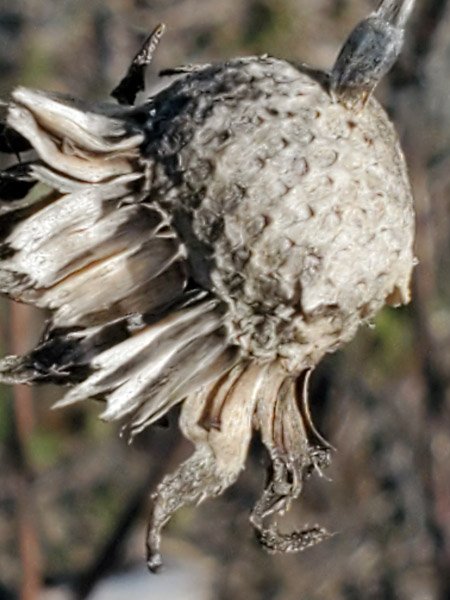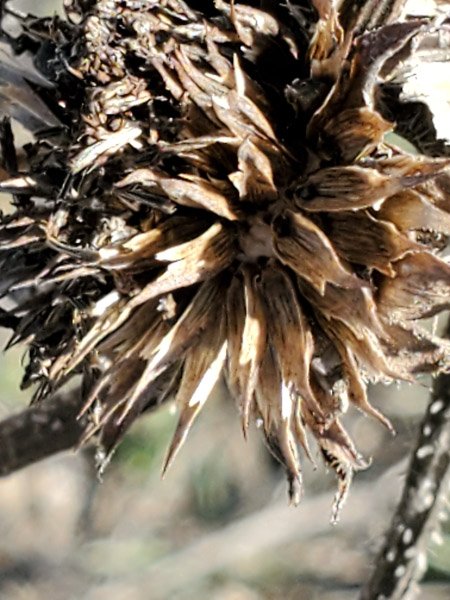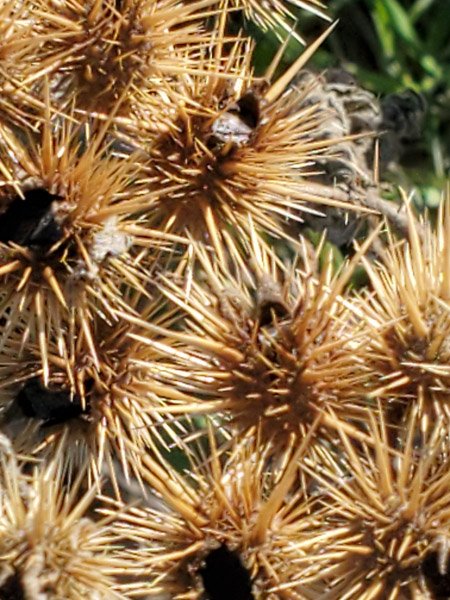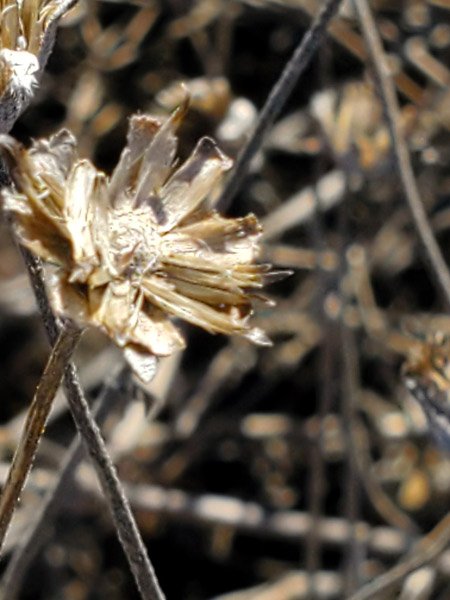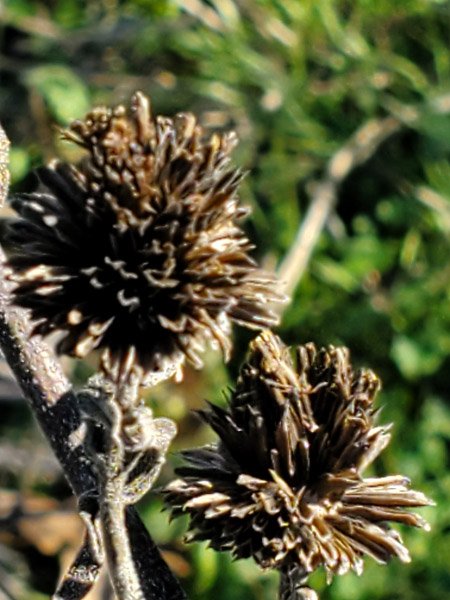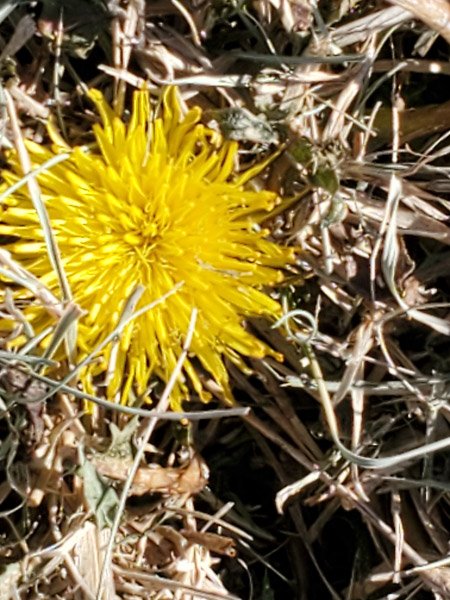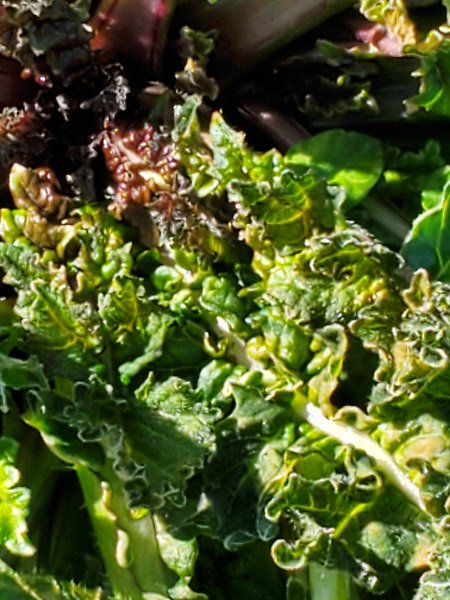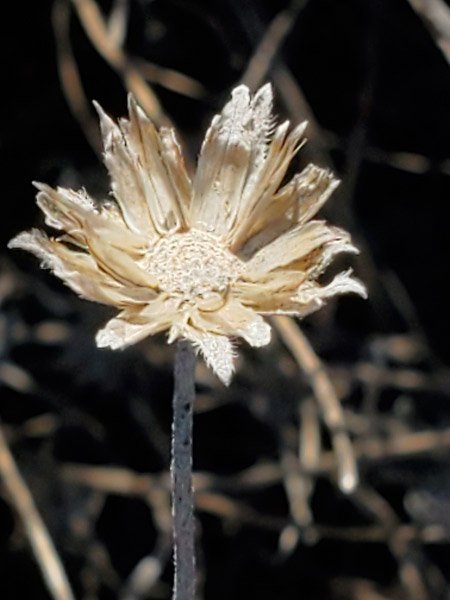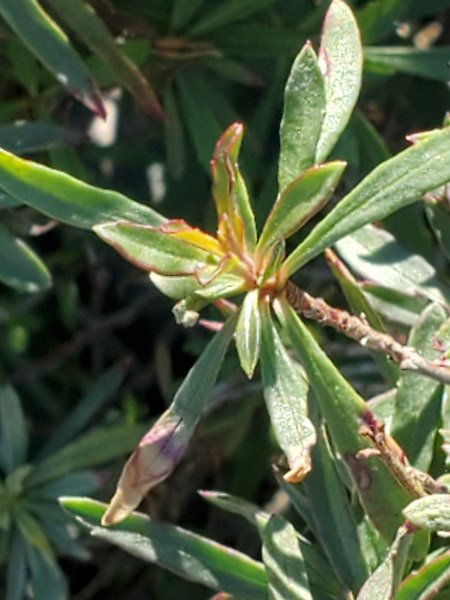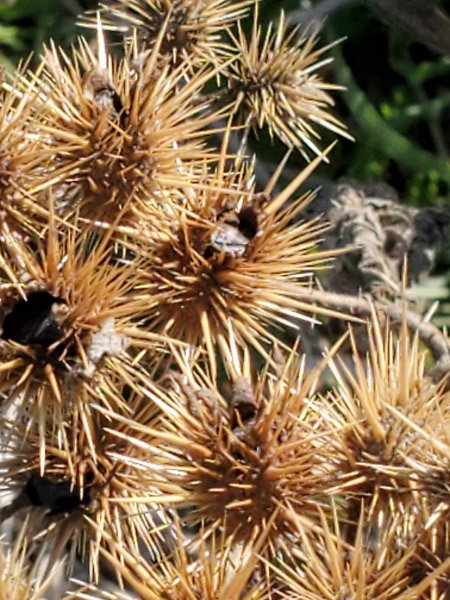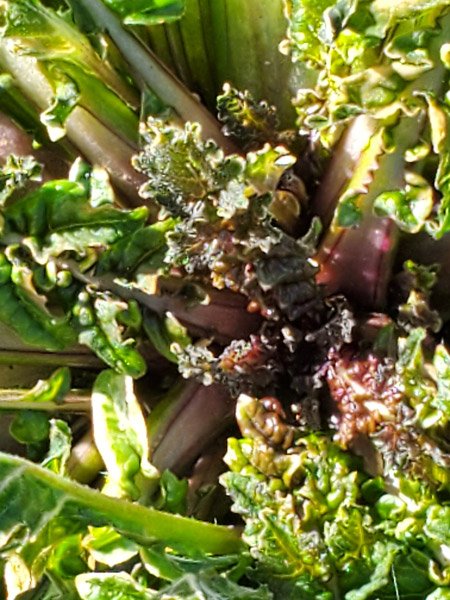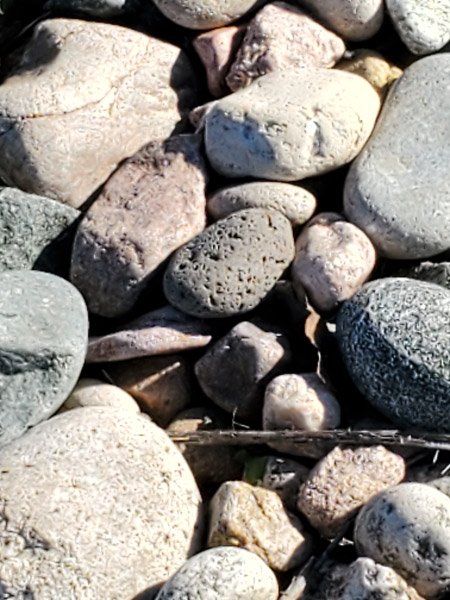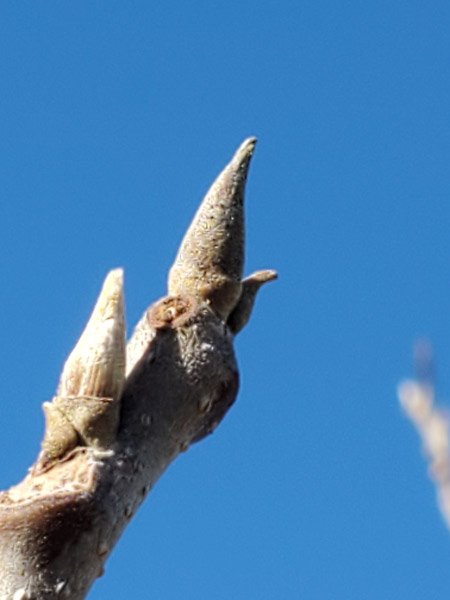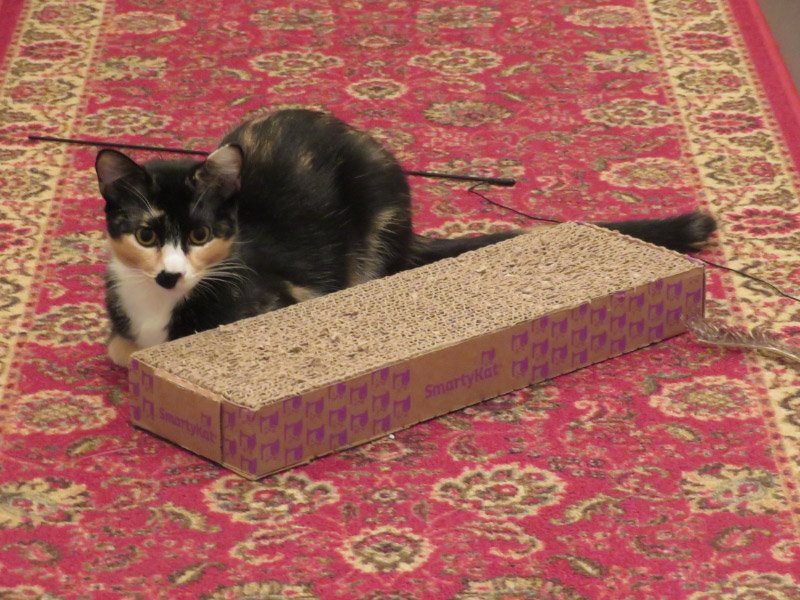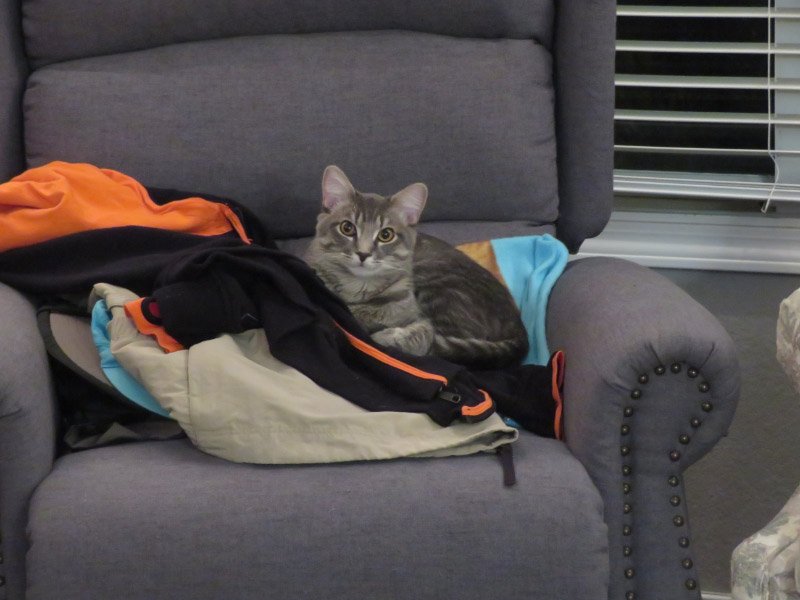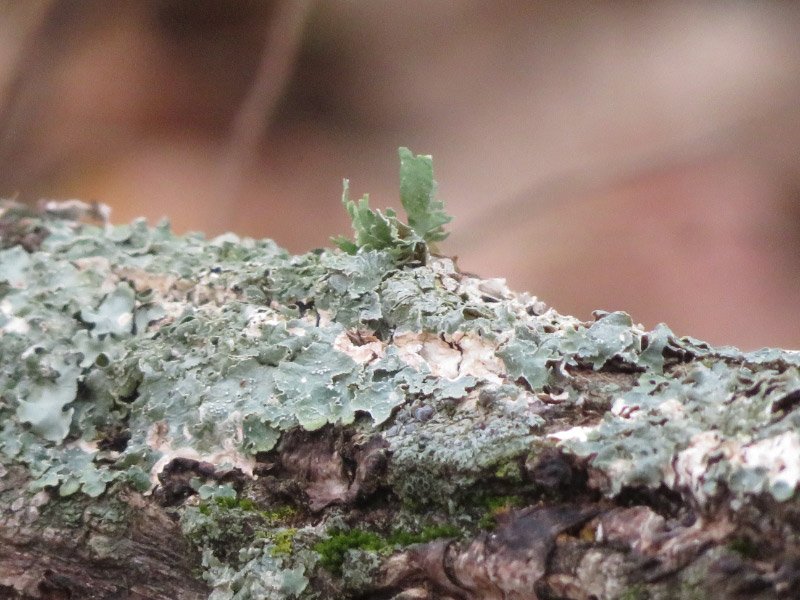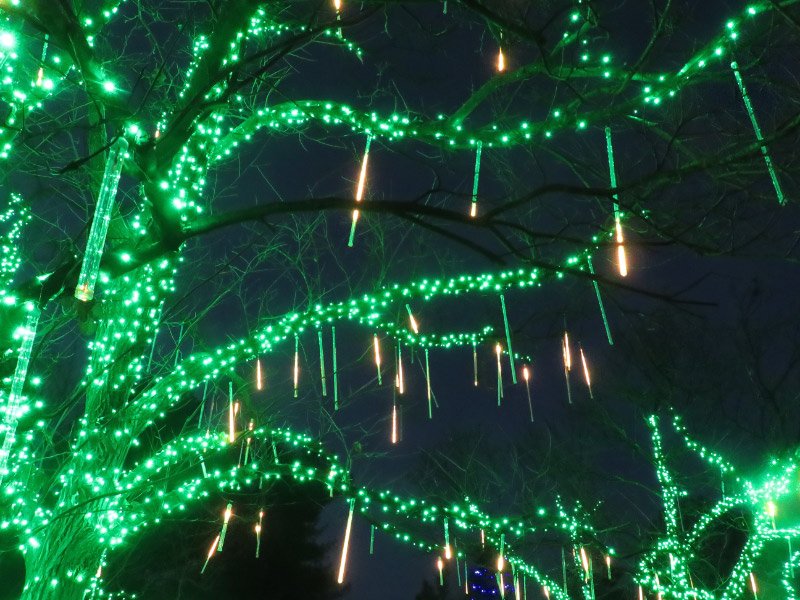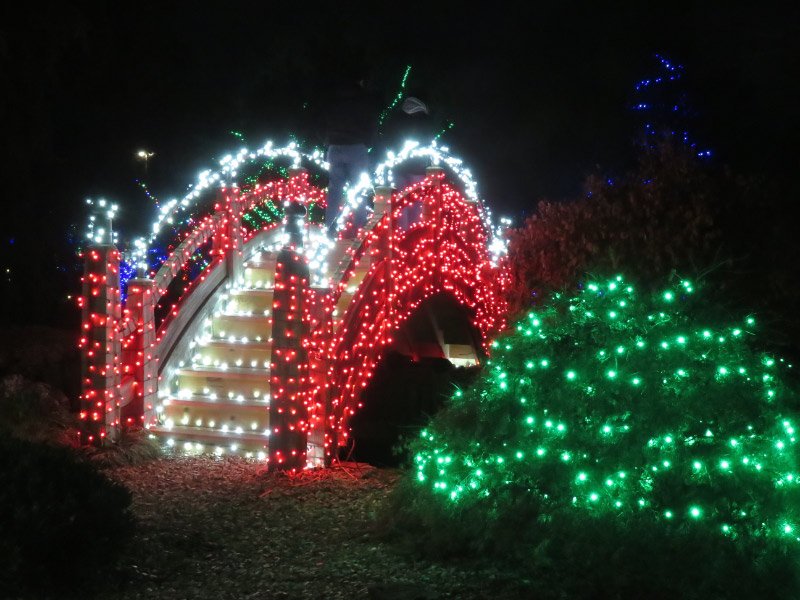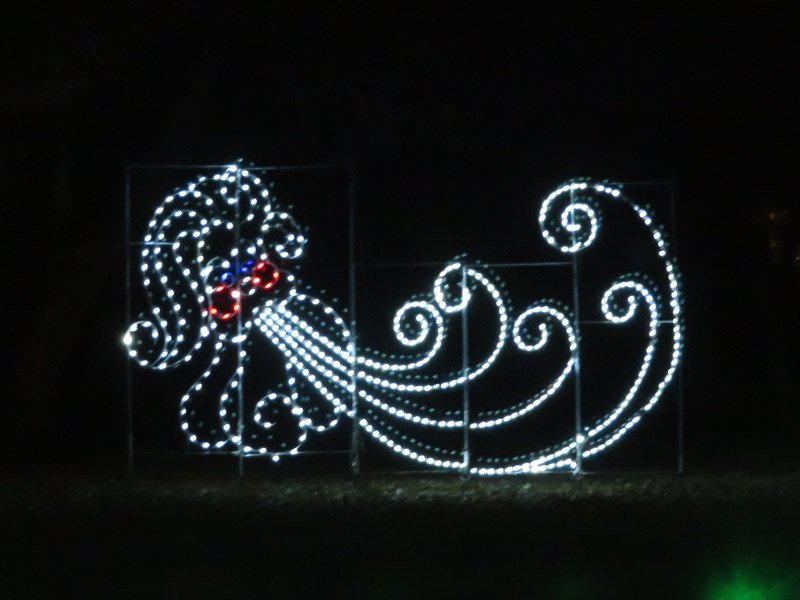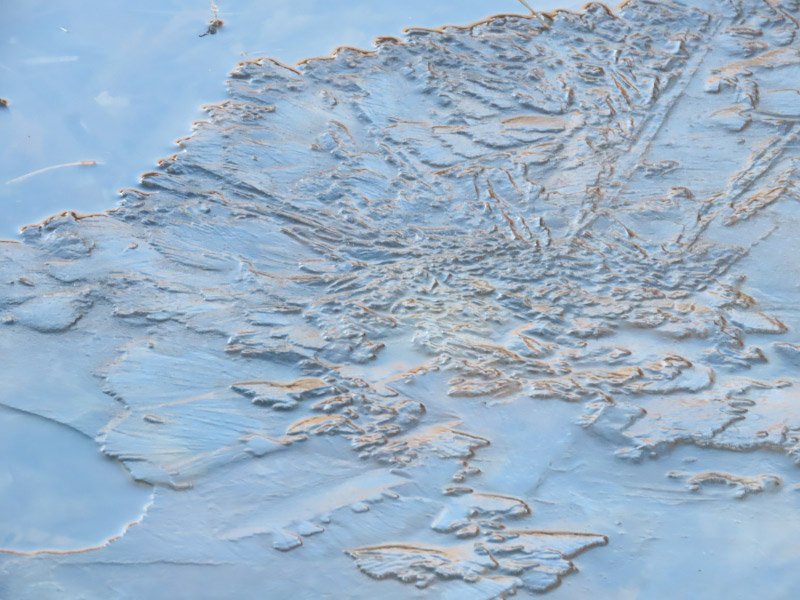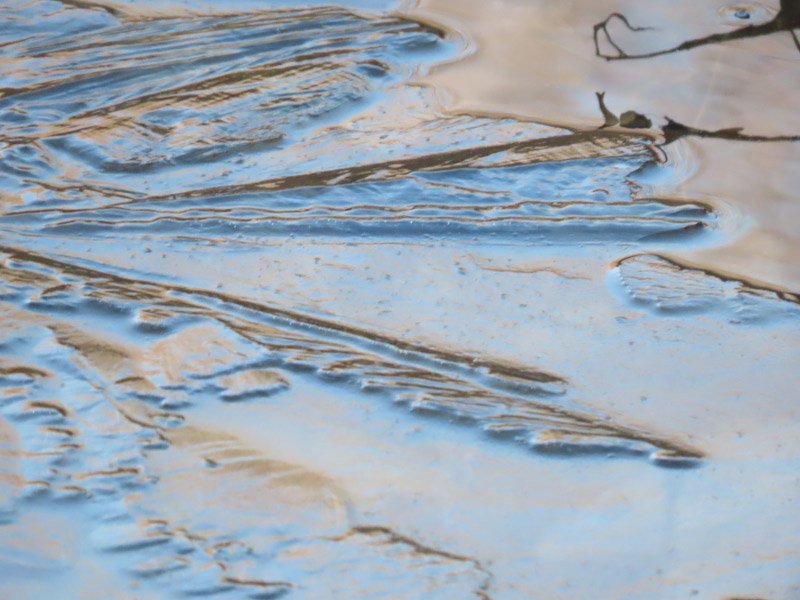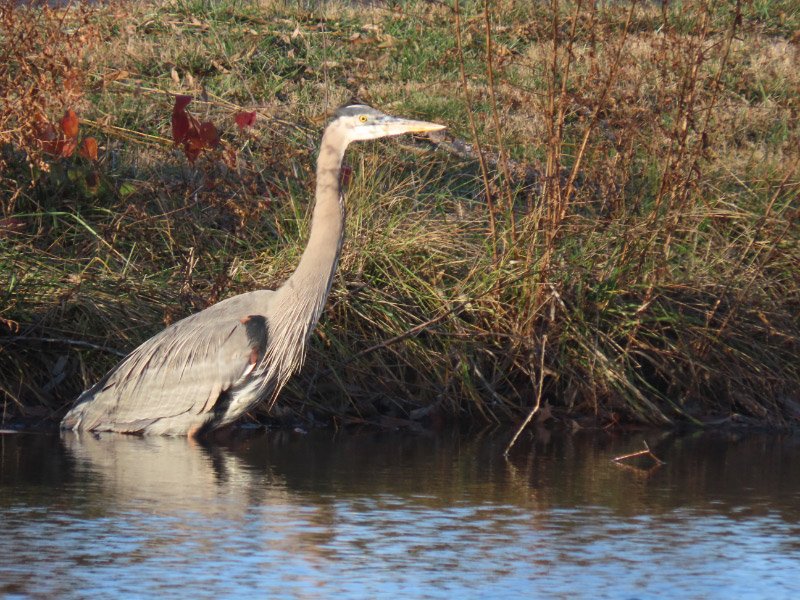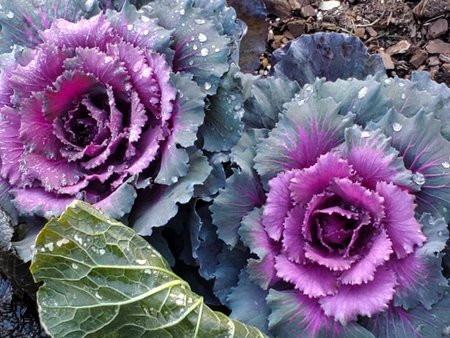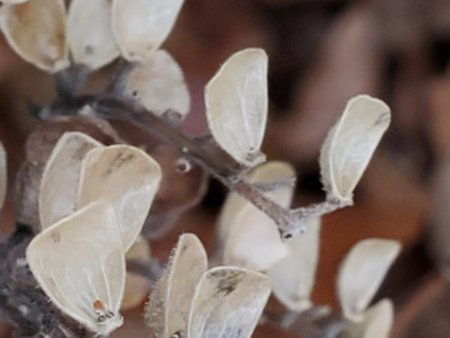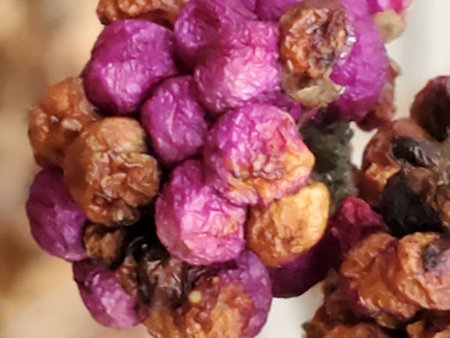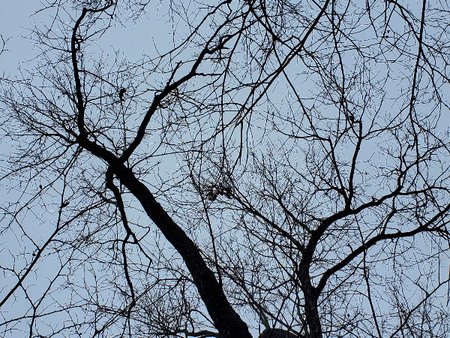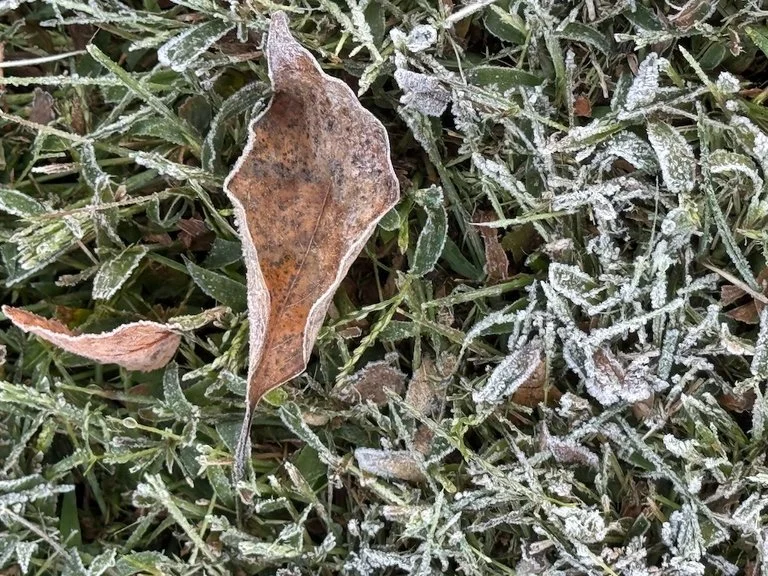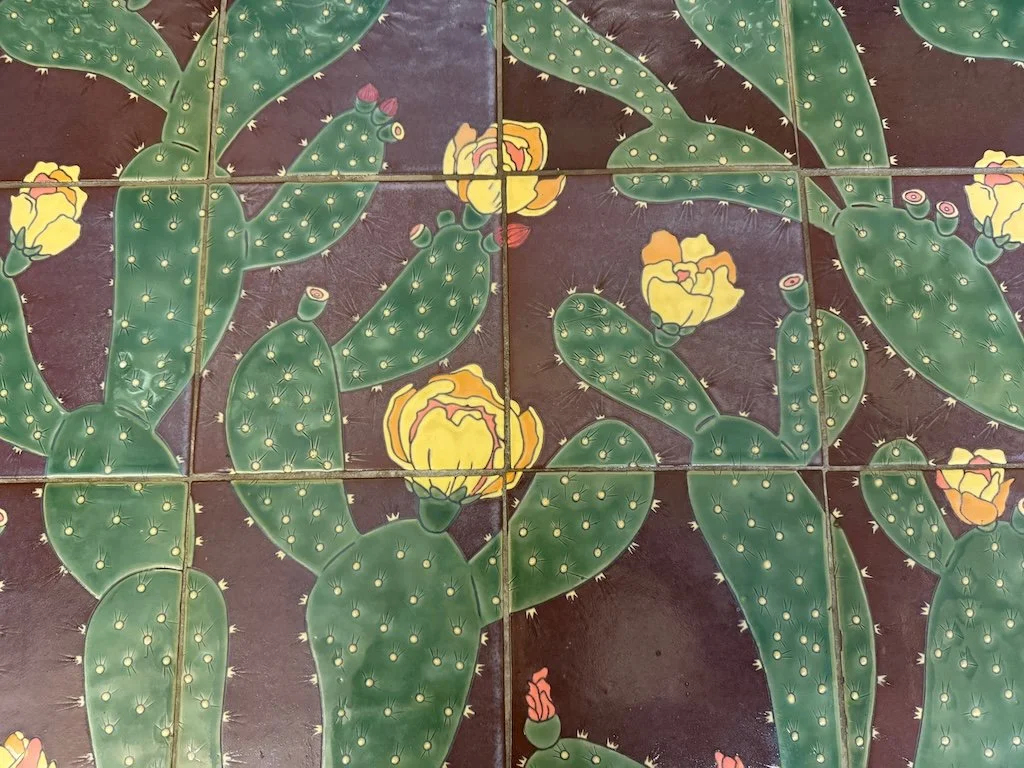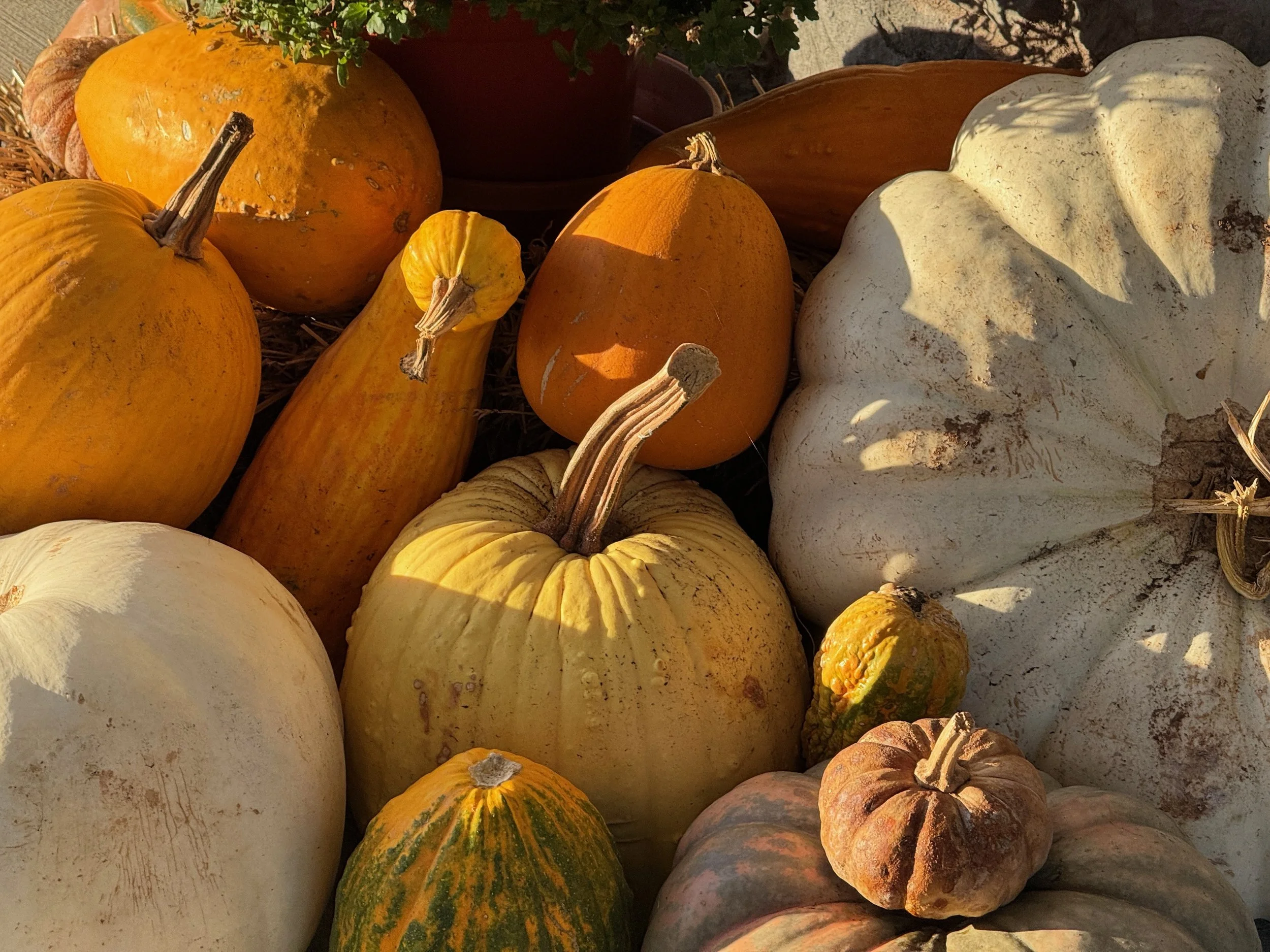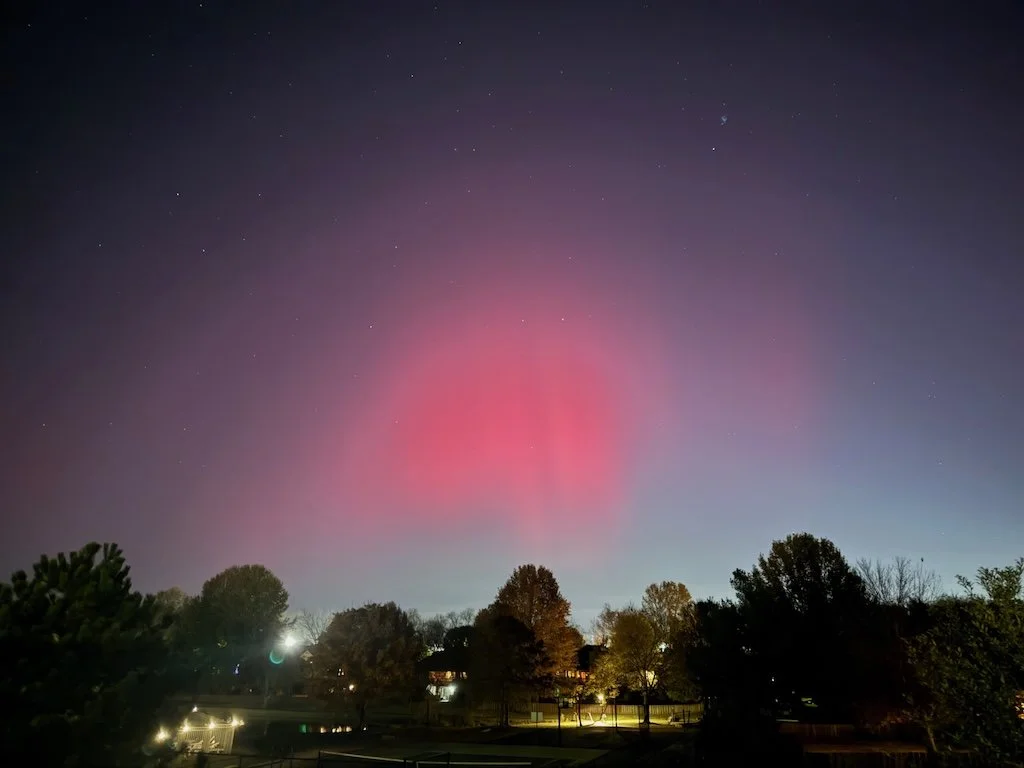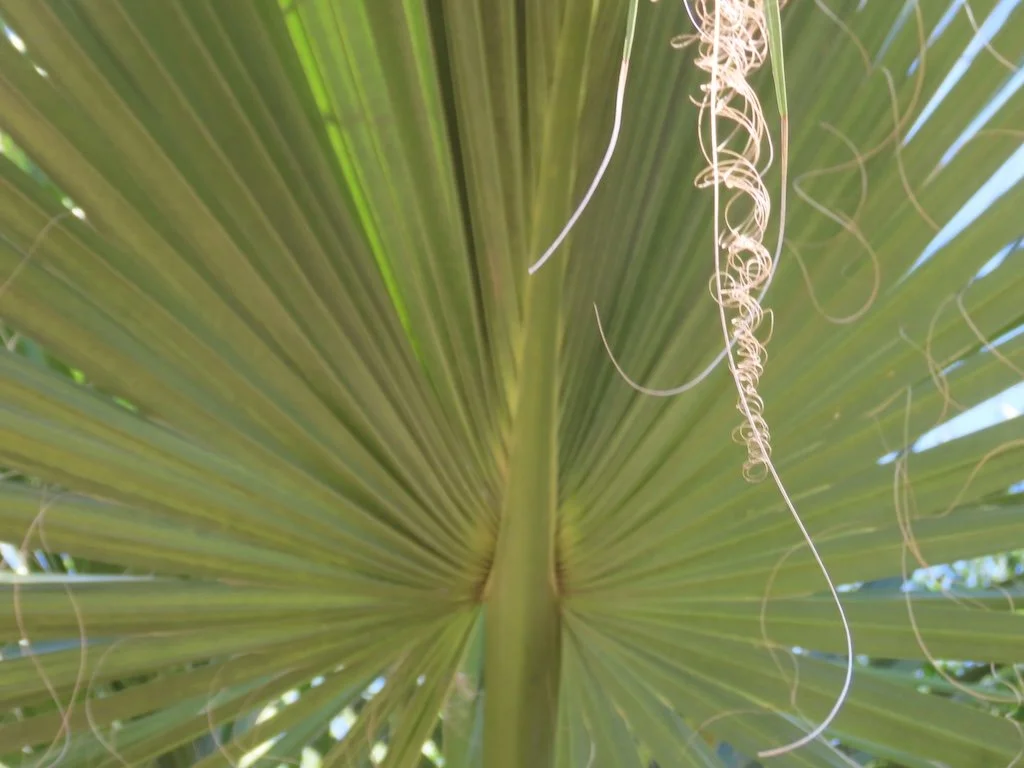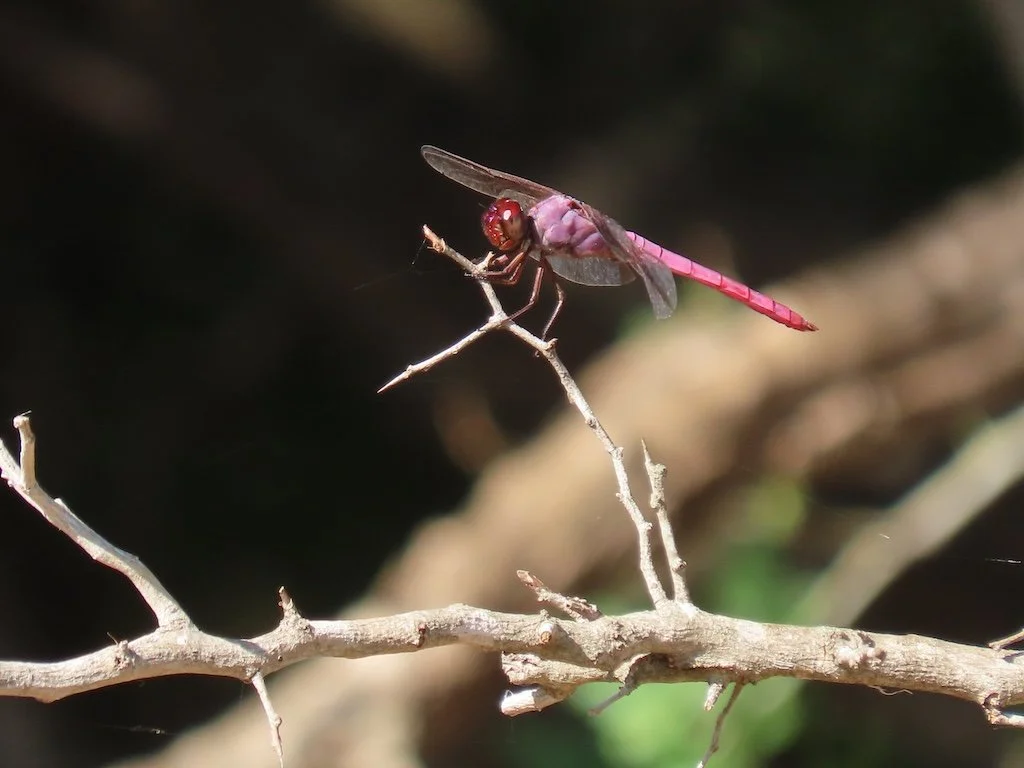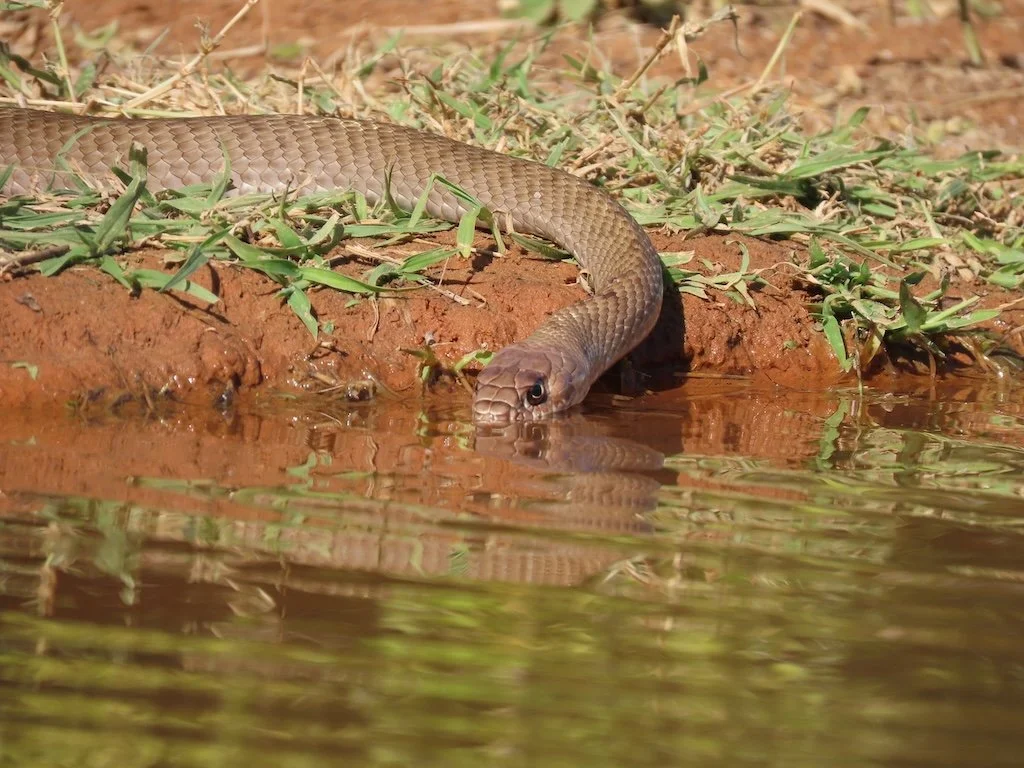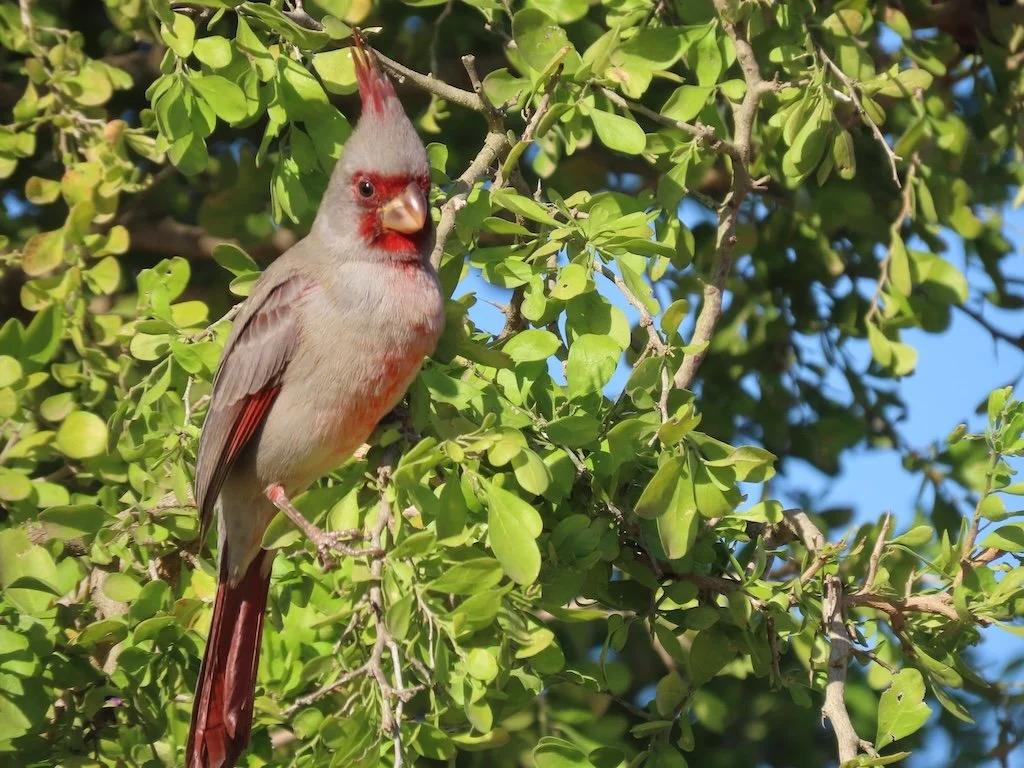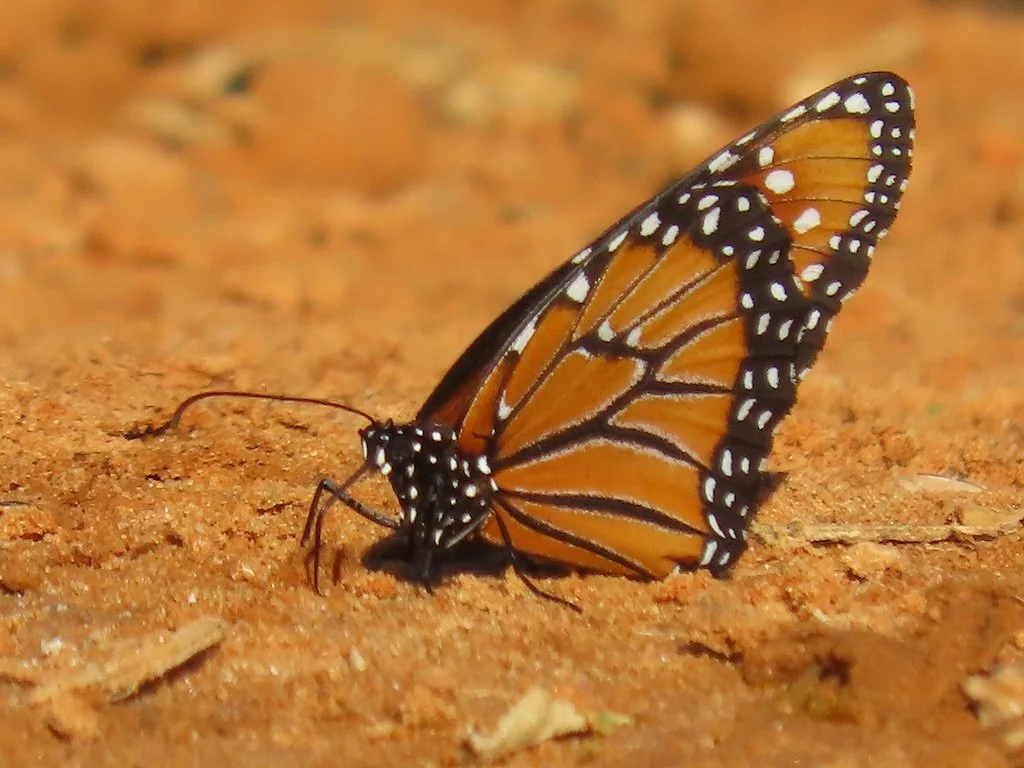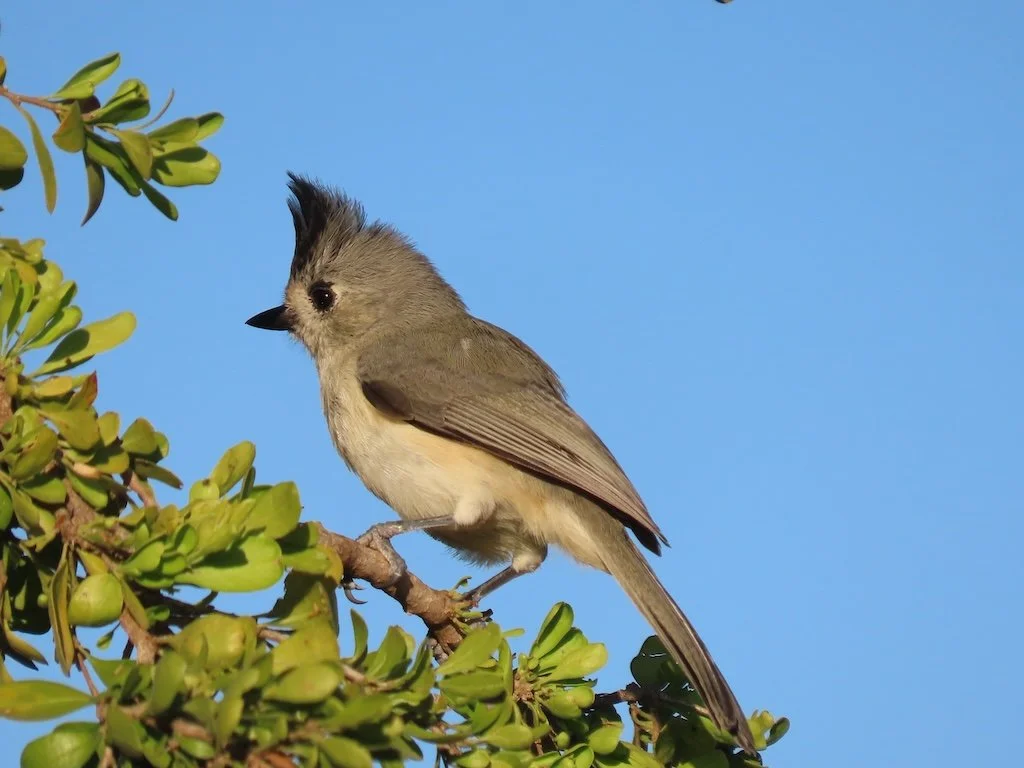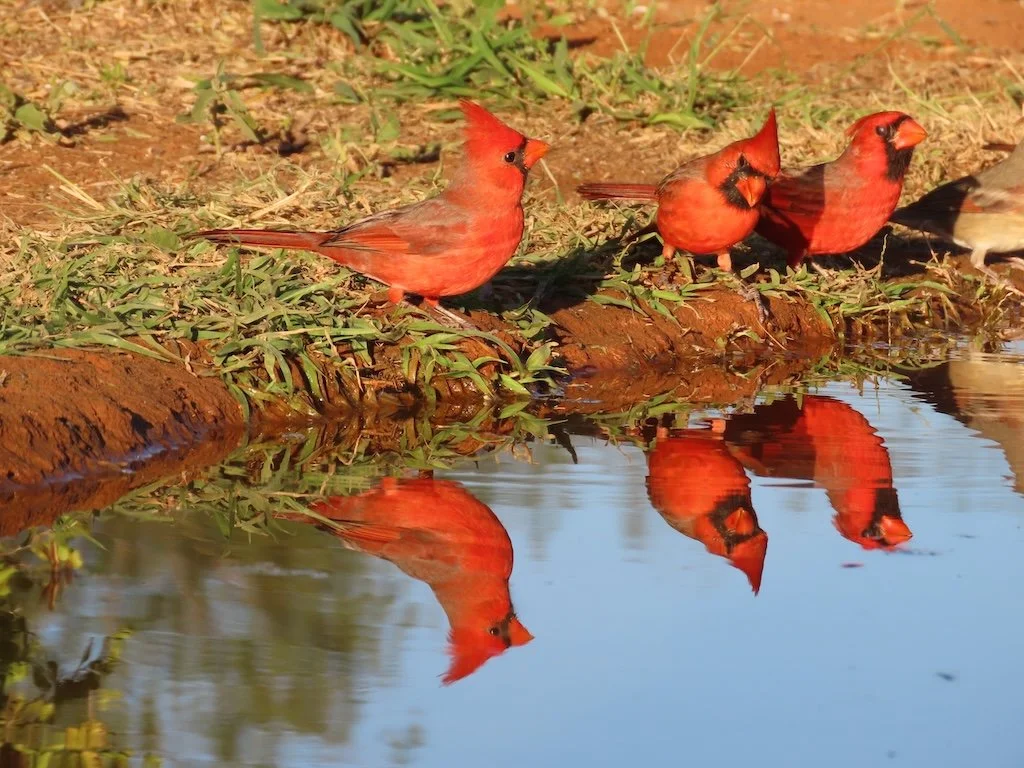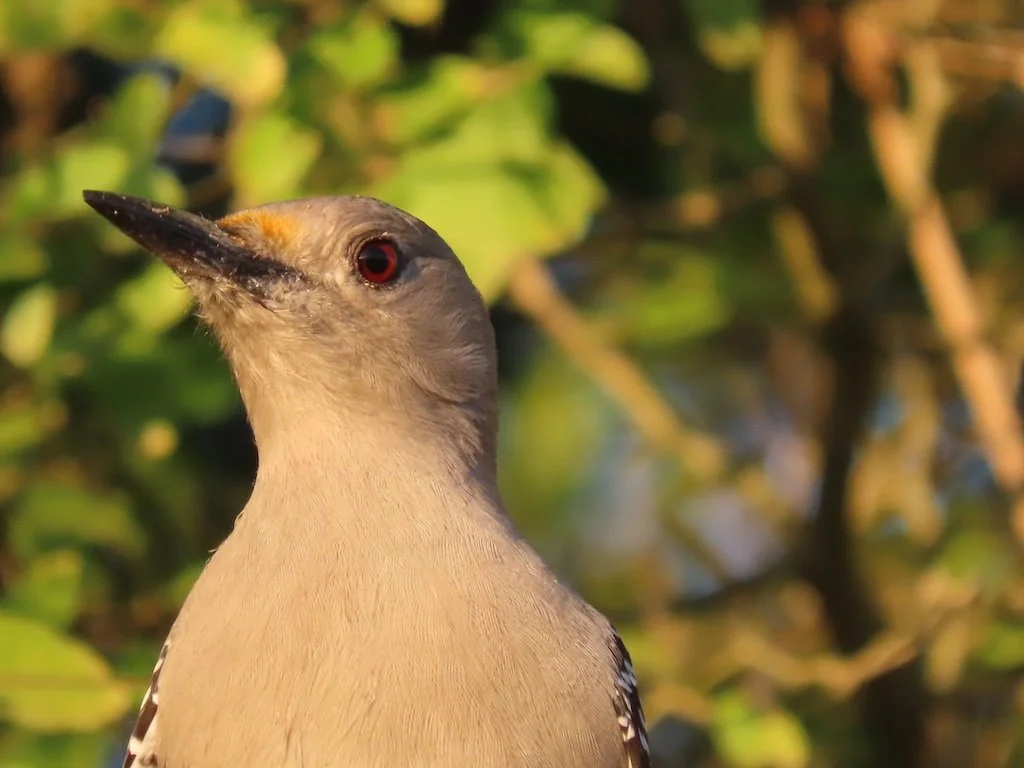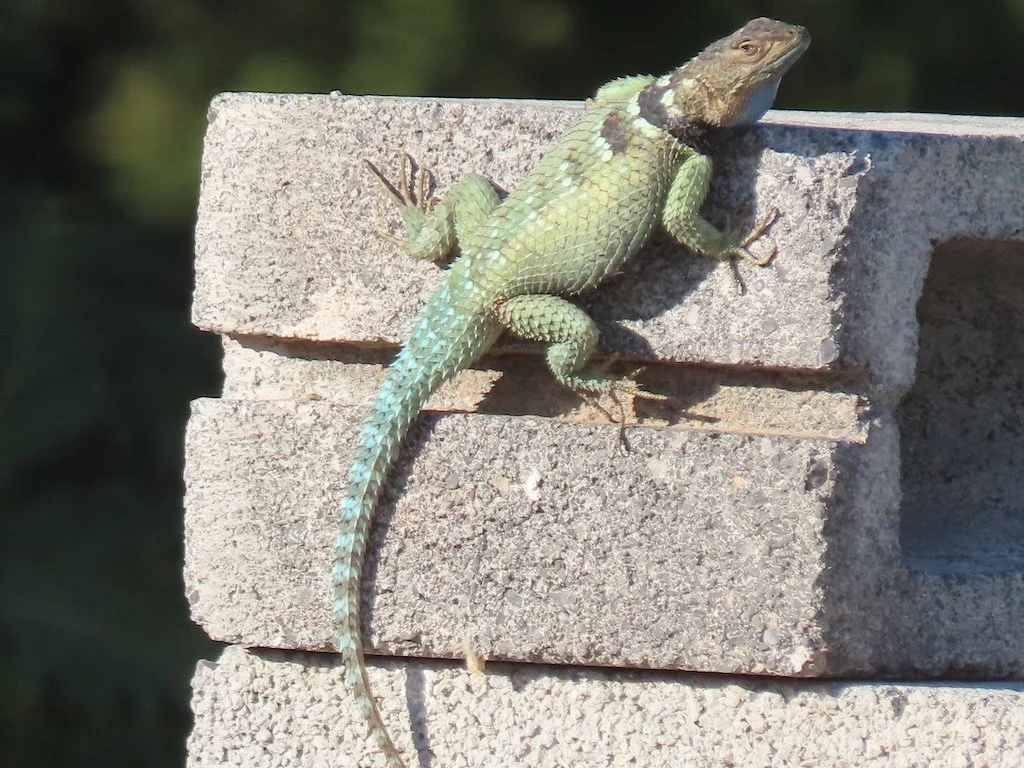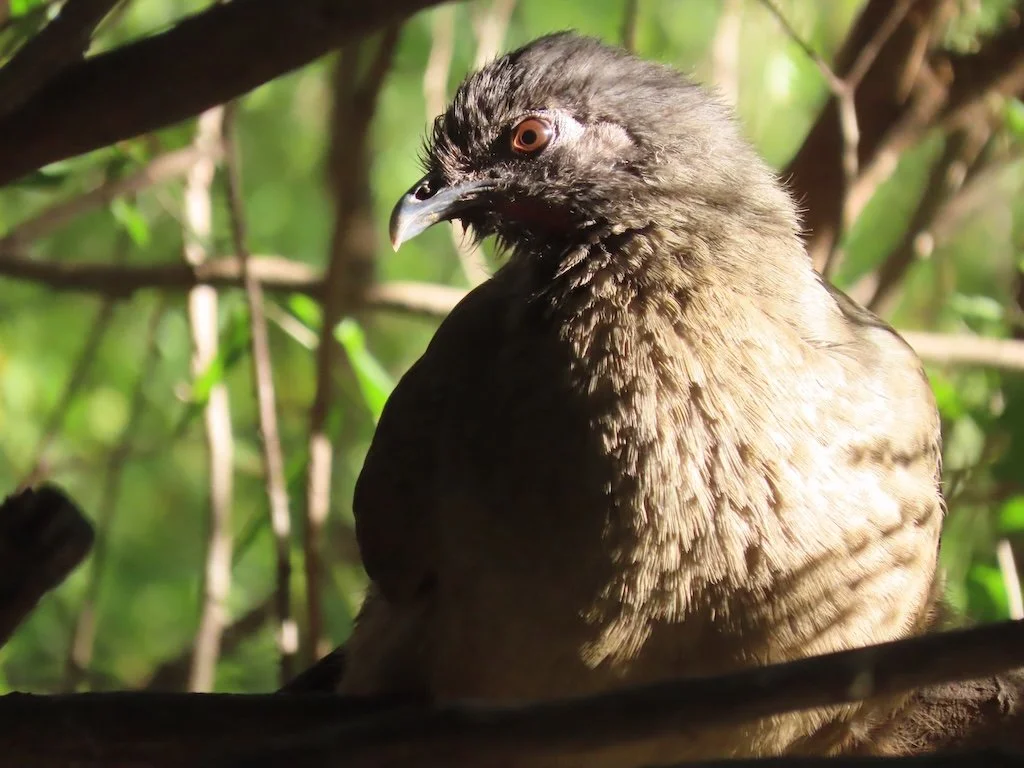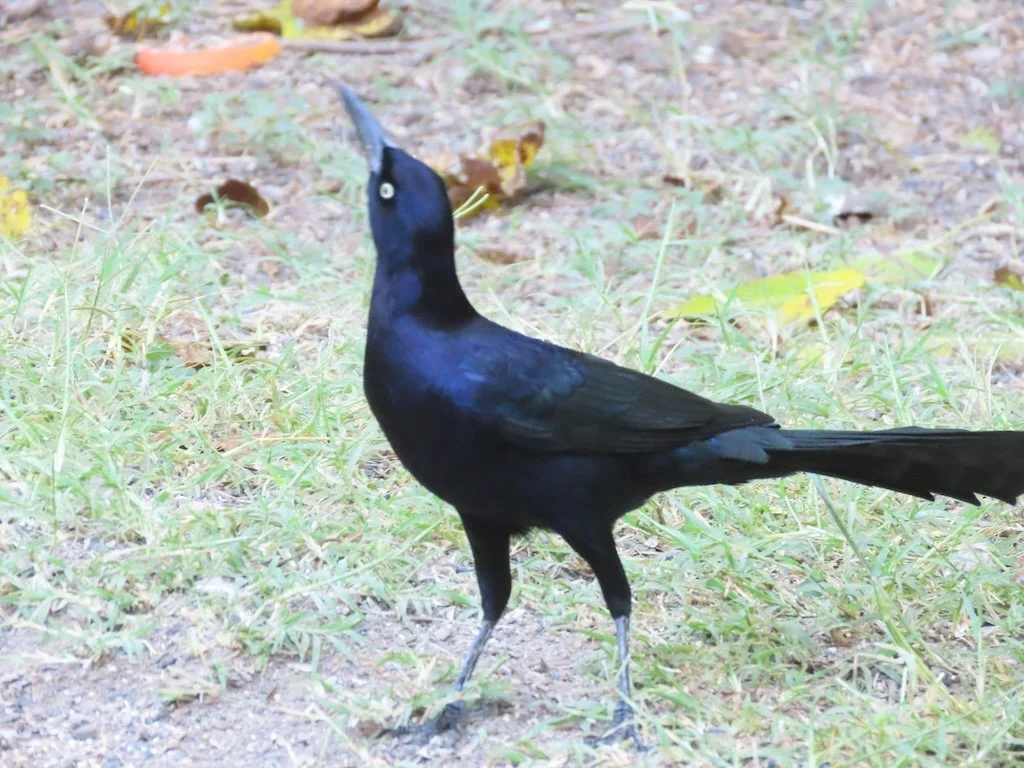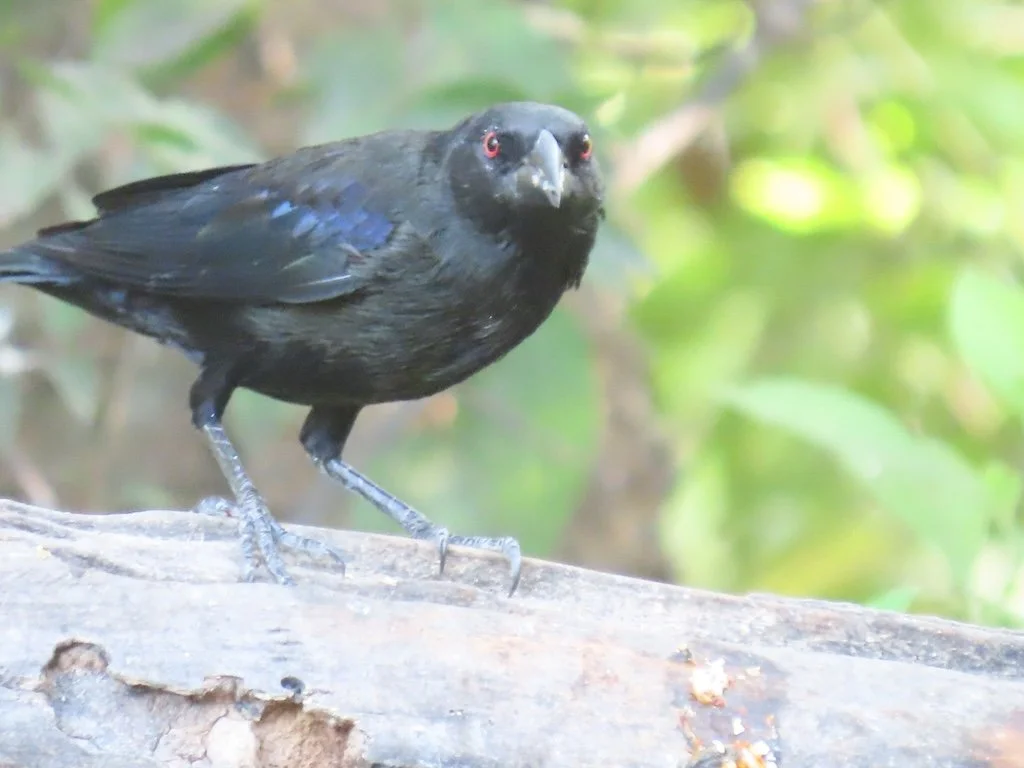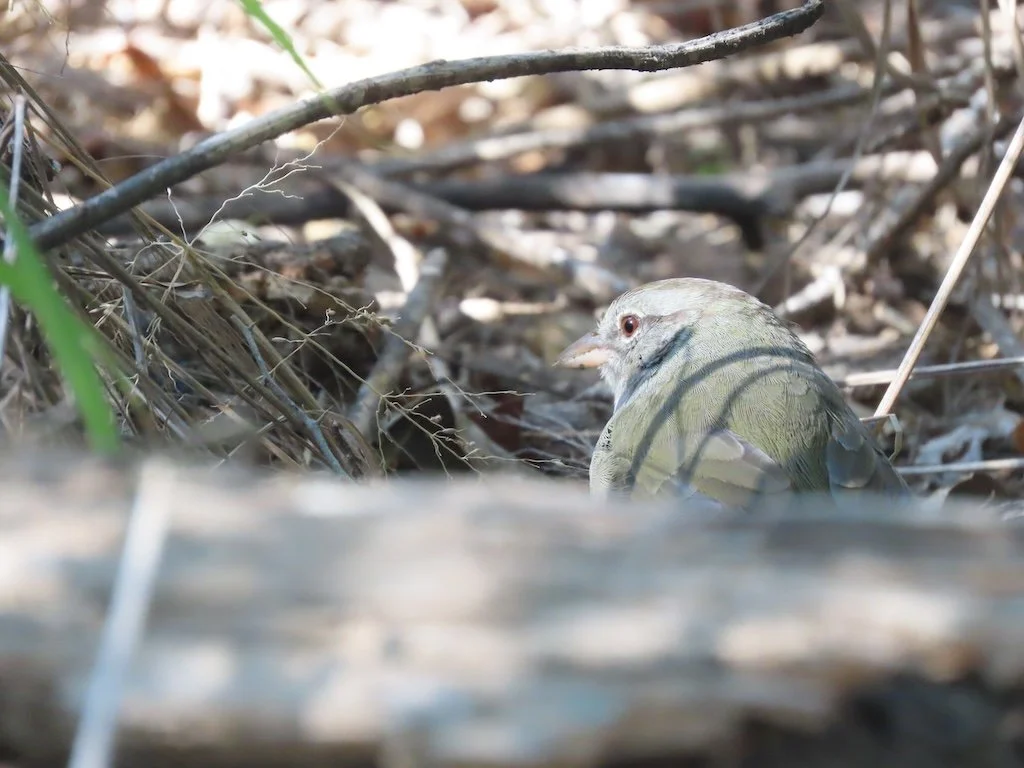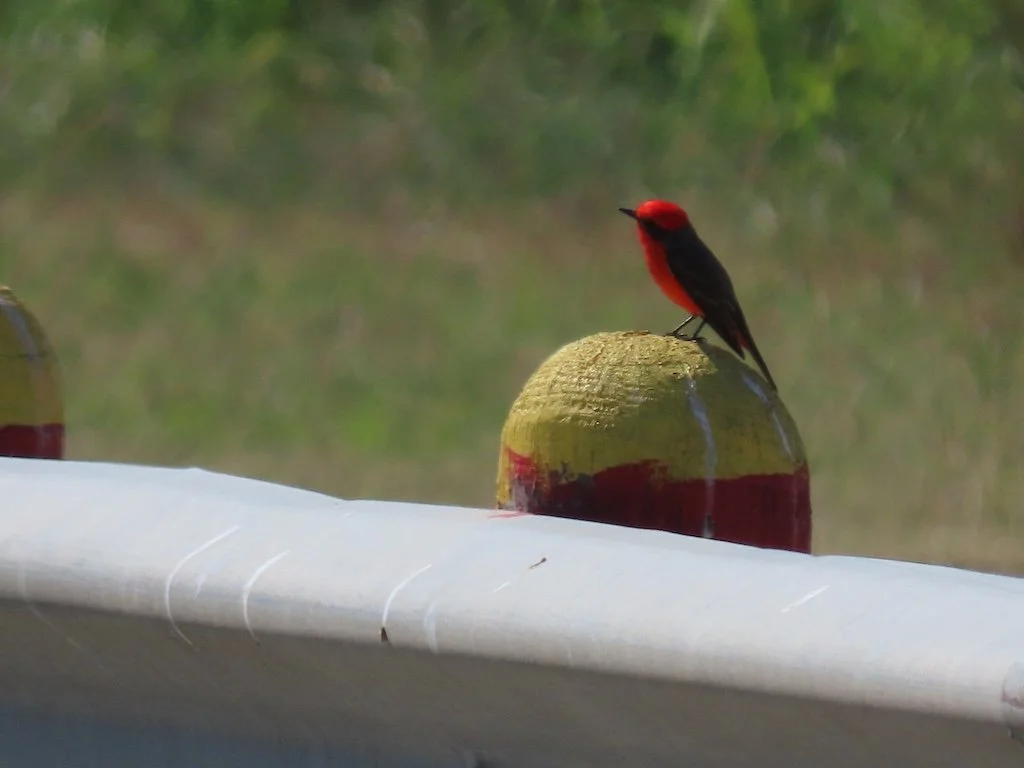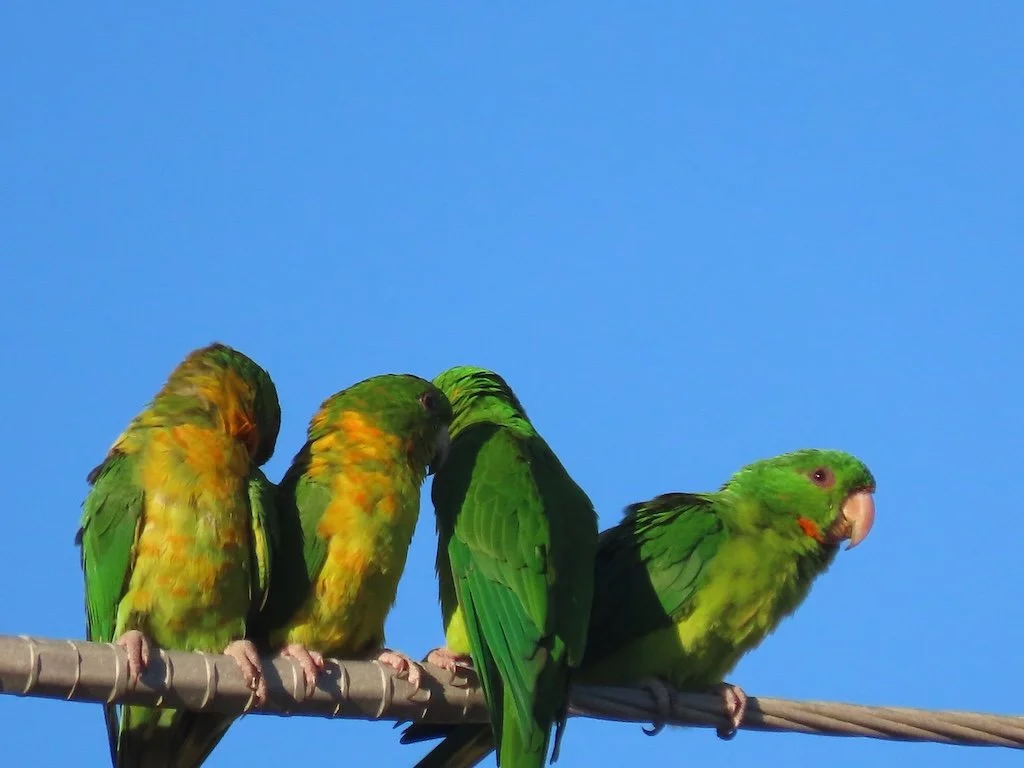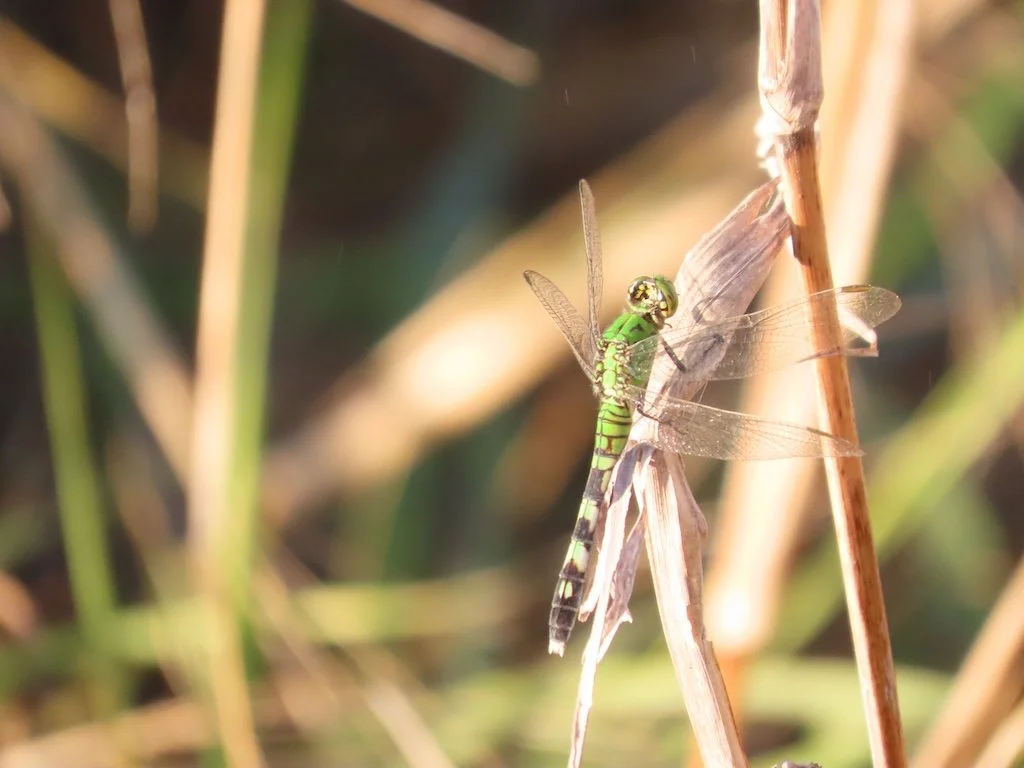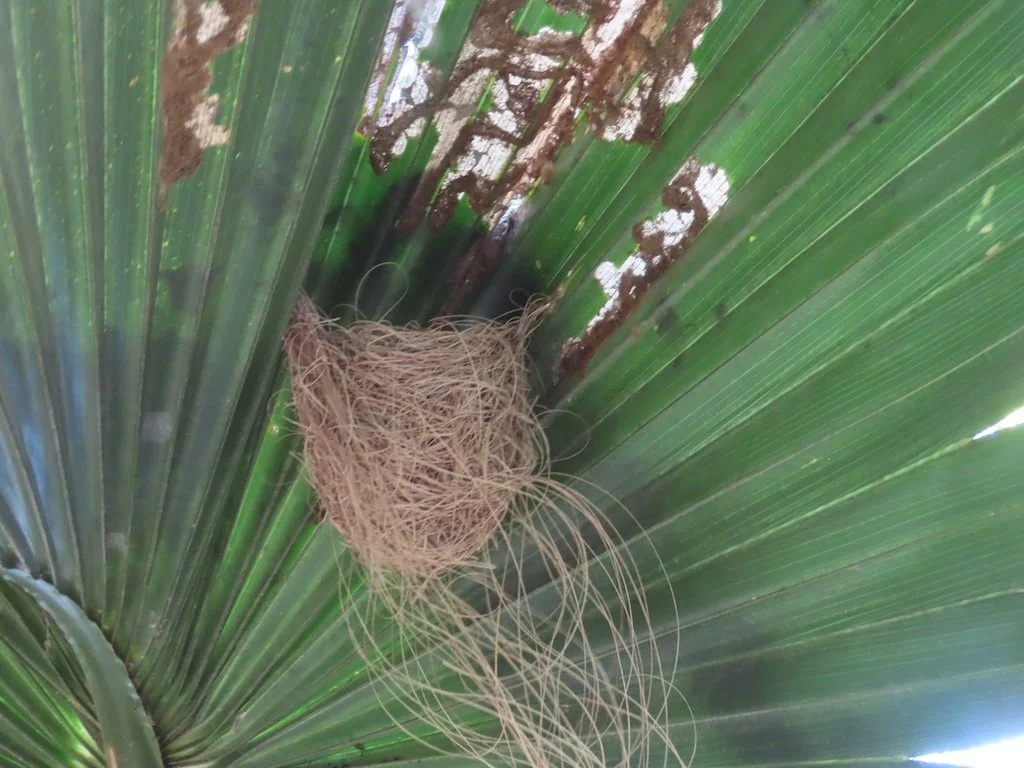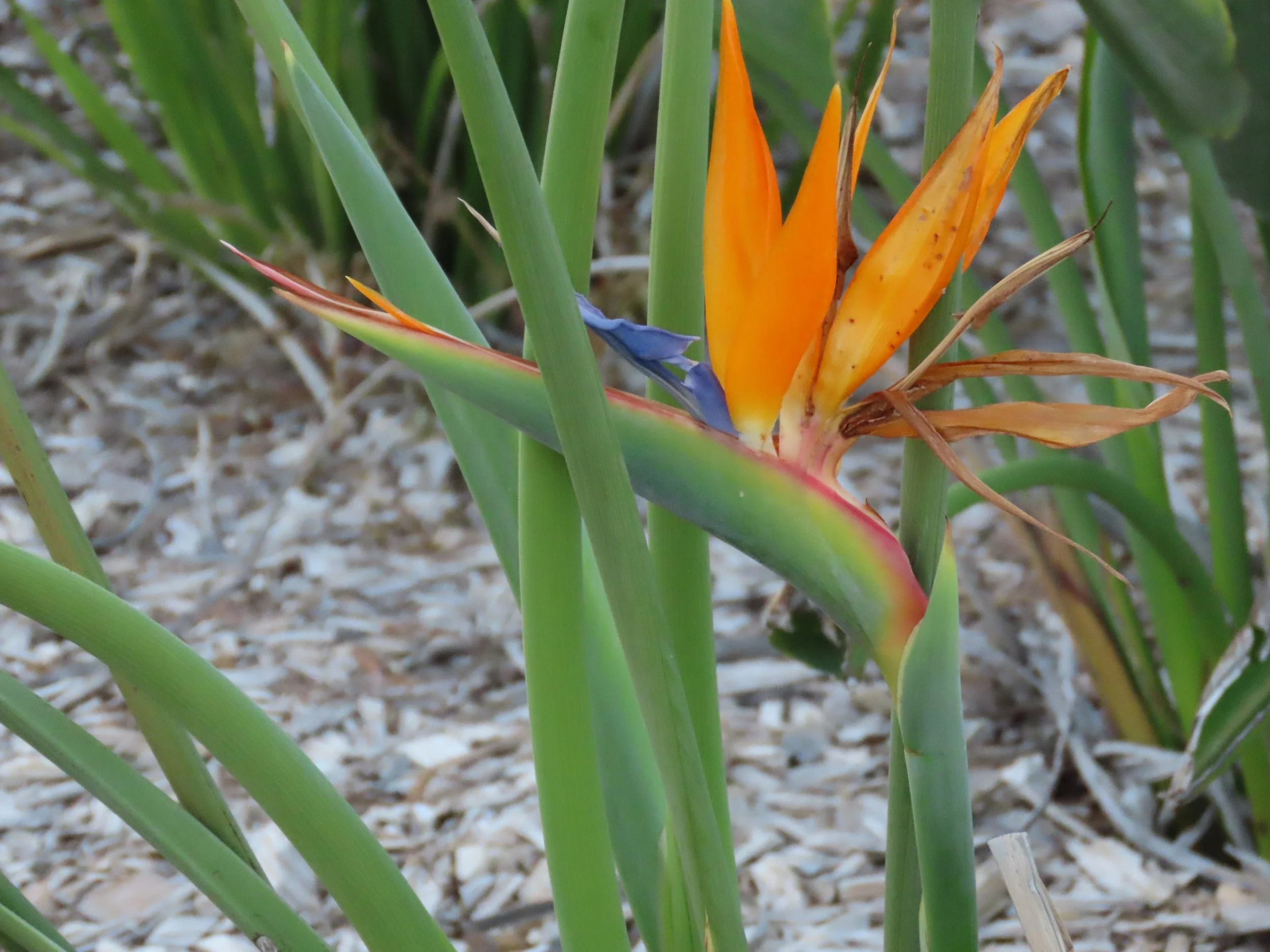eBotanical Prints – January 2023
/Twenty more books were added to the botanical print collection this month. Two series were from Australia: 8 volumes of A Critical Revision of the Genus Eucalyptus and 3 volumes of the Australian Orchid Review (there are many more volumes of the orchid review that I will browse in February). And there were two additional books about Australian plants: A manual of the grasses of New South Wales and How to know western Australian wildflowers.
The whole list of 2,552 botanical eBooks can be accessed here. The list for the January 2023 books with links to the volumes and sample images is at the bottom of this post.
Click on any sample images in the mosaic below to get an enlarged version. Enjoy the January 2023 eBotanical Prints!
The Algorithmic Beauty of Plants * Prusinkiewicz, Przemyslaw; Lindenmayer, Aristid * sample image * 1990
A Critical Revision of the genus Eucalyptus V1 * Maiden, Joseph Henry * sample image * 1909
A Critical Revision of the genus Eucalyptus V2 * Maiden, Joseph Henry * sample image * 1914
A Critical Revision of the genus Eucalyptus V3 * Maiden, Joseph Henry * sample image * 1917
A Critical Revision of the genus Eucalyptus V4 * Maiden, Joseph Henry * sample image * 1920
A Critical Revision of the genus Eucalyptus V5 * Maiden, Joseph Henry * sample image * 1922
A Critical Revision of the genus Eucalyptus V6 * Maiden, Joseph Henry * sample image * 1924
A Critical Revision of the genus Eucalyptus V7 * Maiden, Joseph Henry * sample image * 1929
A Critical Revision of the genus Eucalyptus V8 * Maiden, Joseph Henry * sample image * 1929
A Manual of the grasses in New South Wales * Maiden, Joseph Henry * sample image * 1898
Trees Of Northeastern United States Native And Naturalized * Brown, Harold Philip * sample image * 1938
Cotton in India * Sikka, S.M.; Singh, Arjan et al * sample image * 1962
House Plants * Van Tress, Robert * sample image * 1937
A description of the genus Pinus V1 * Bauer, Ferdinand; Lambert, Alymer Bourke * sample image * 1803
A description of the genus Pinus V2 * Bauer, Ferdinand; Lambert, Alymer Bourke * sample image * 1803
Malcolm Howie Watercolors * Howie, Malcolm * sample image * 1935
How to know Western Australian wildflowers : a key to the flora of the extratropical regions of Western Australia * Blackall, William Edward * sample image * 1900
Australian Orchid Review 2019 (February - March) * Orchid Society of New South Wales * sample image * 2019
Australian Orchid Review 2019 (April - May) * Orchid Society of New South Wales * sample image * 2019
Australian Orchid Review 2019 (June July) * Orchid Society of New South Wales * sample image * 2019













